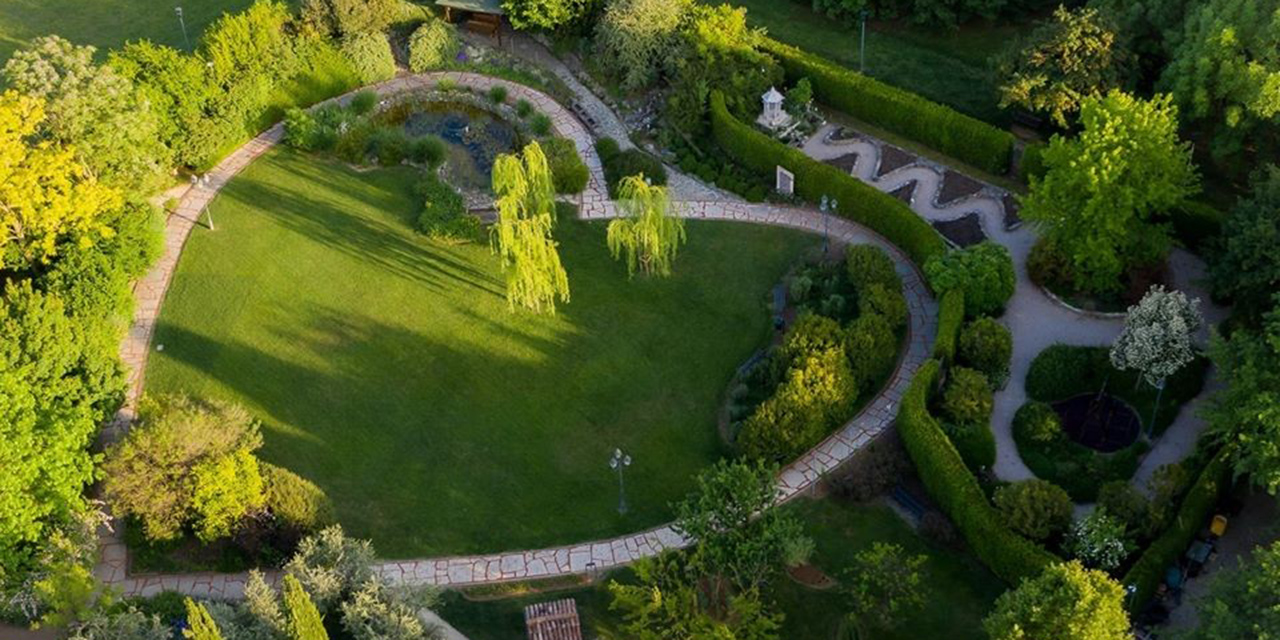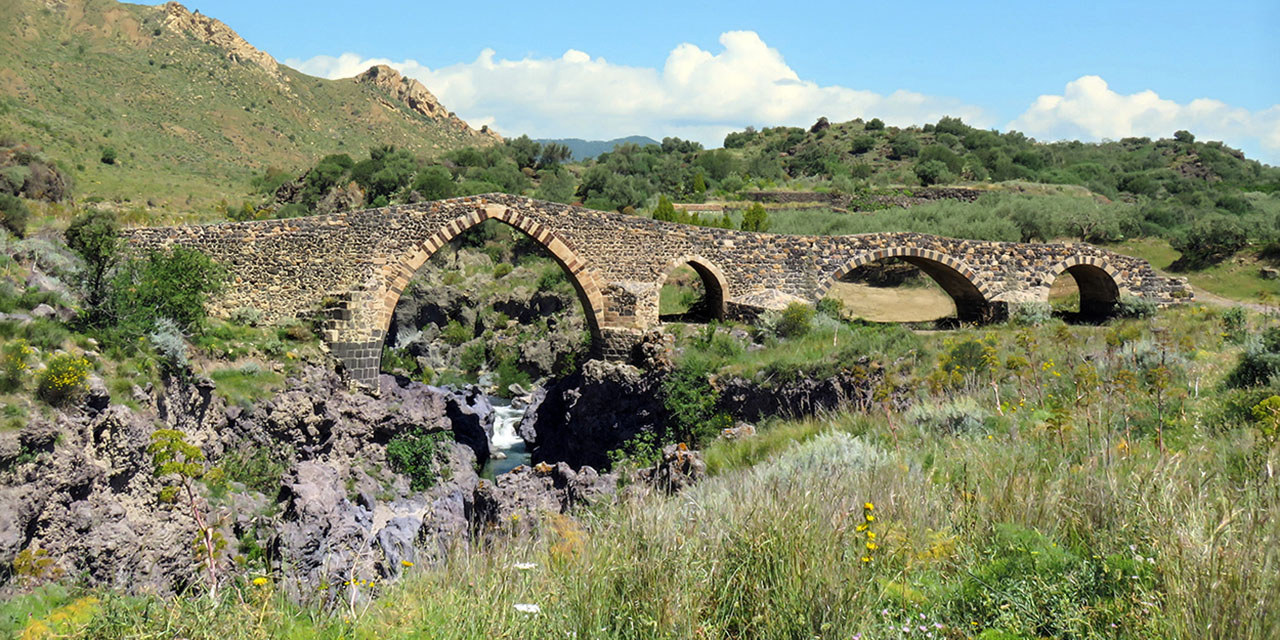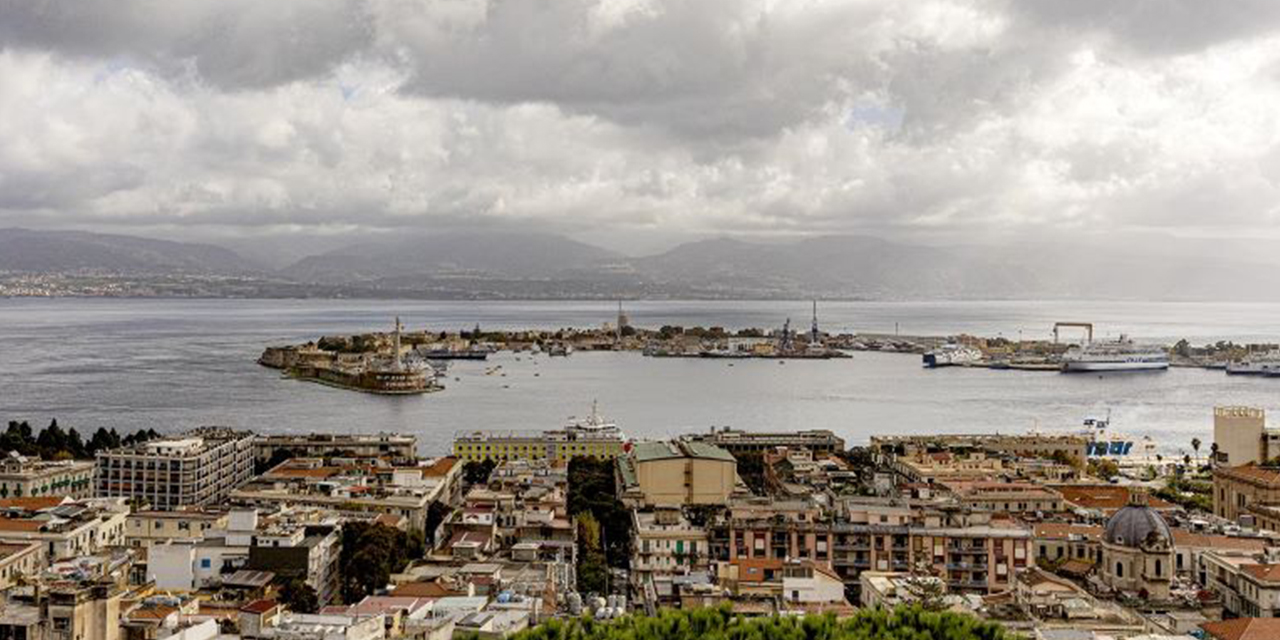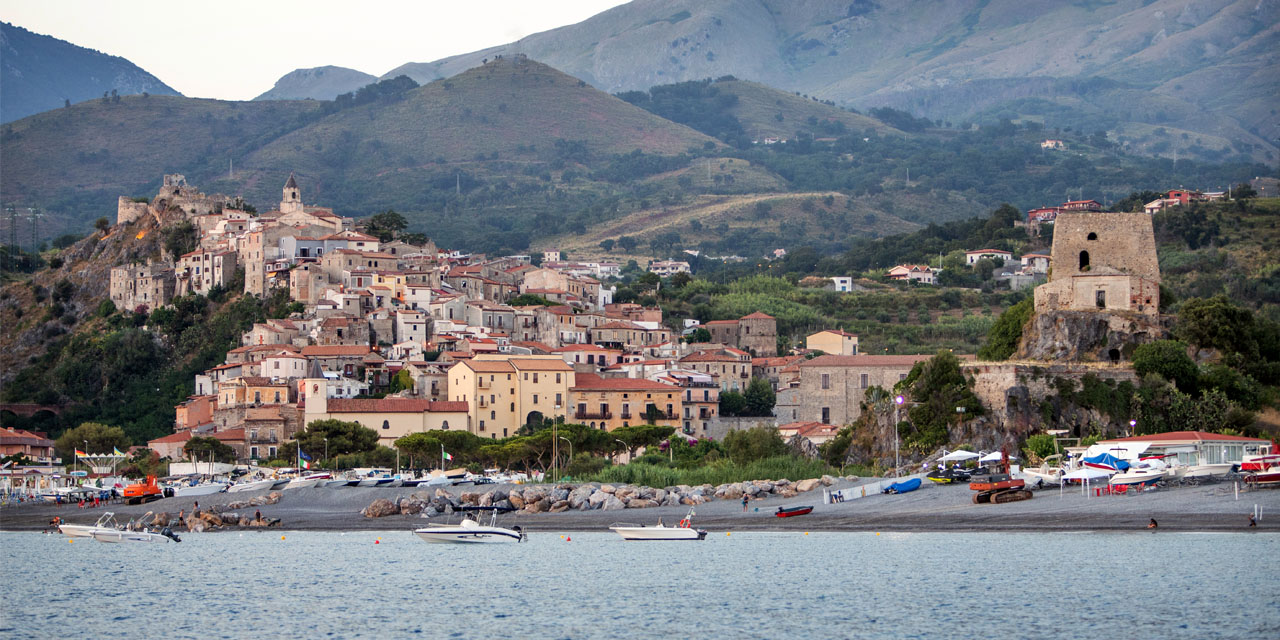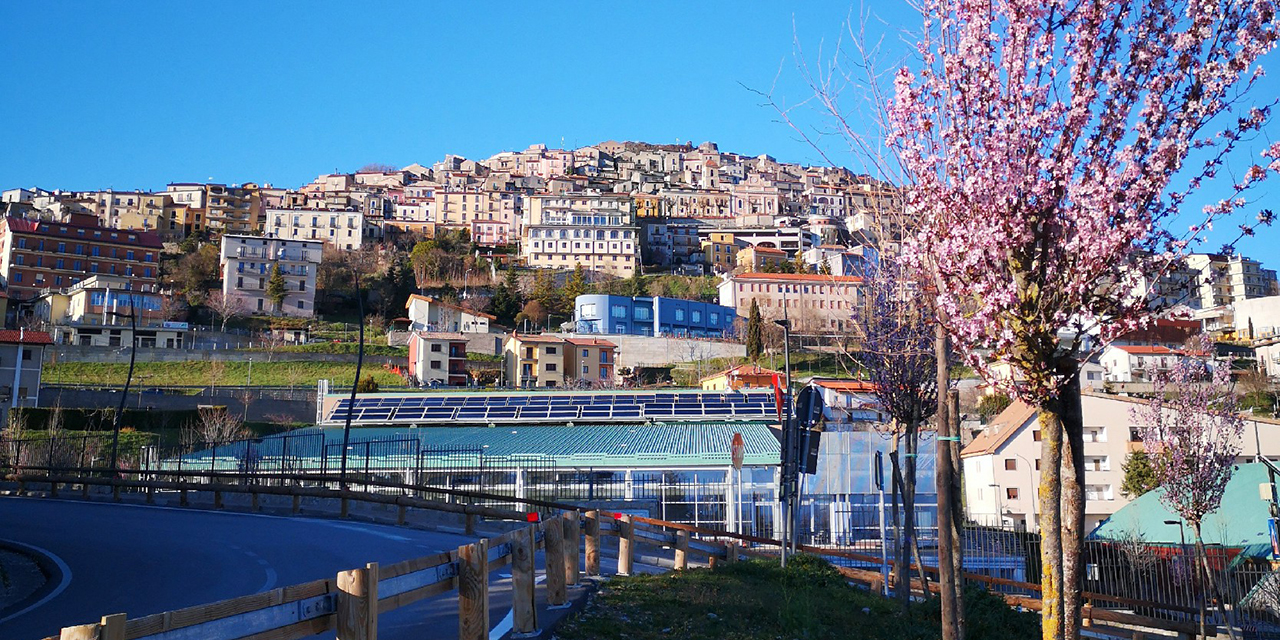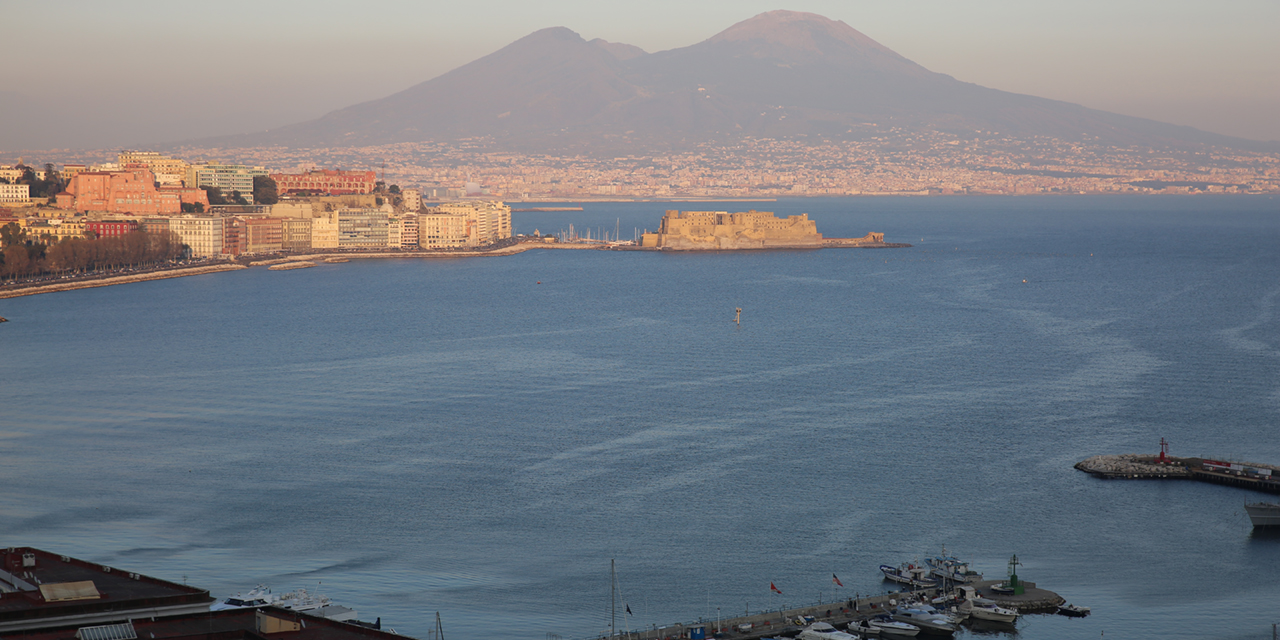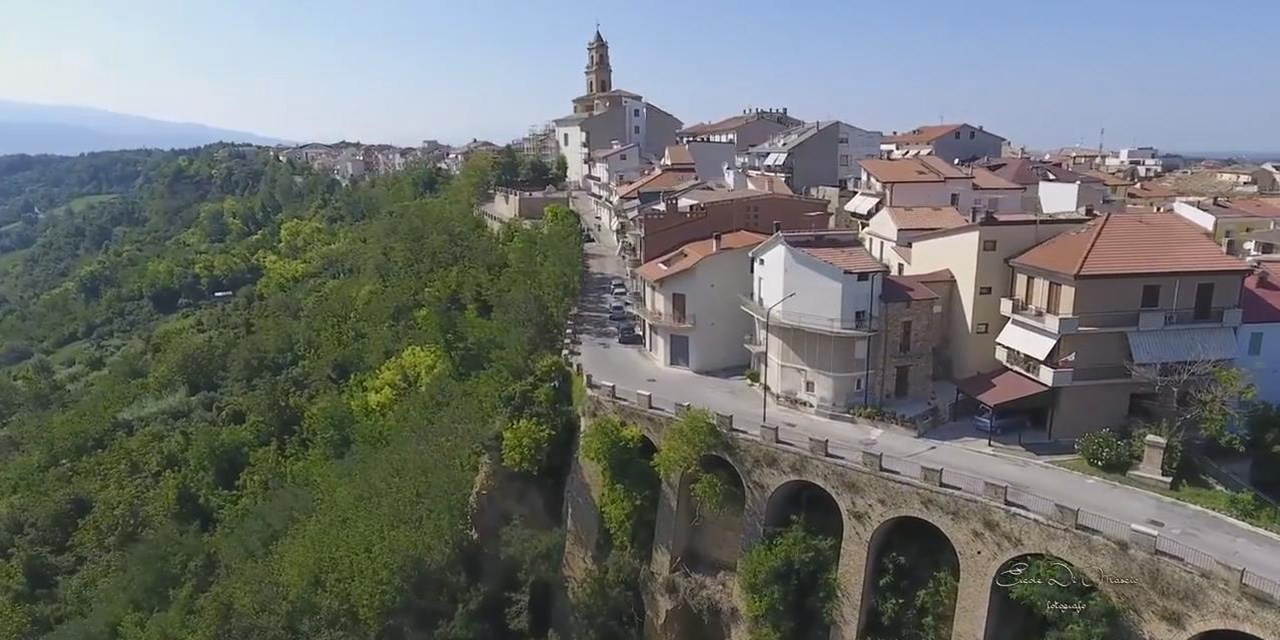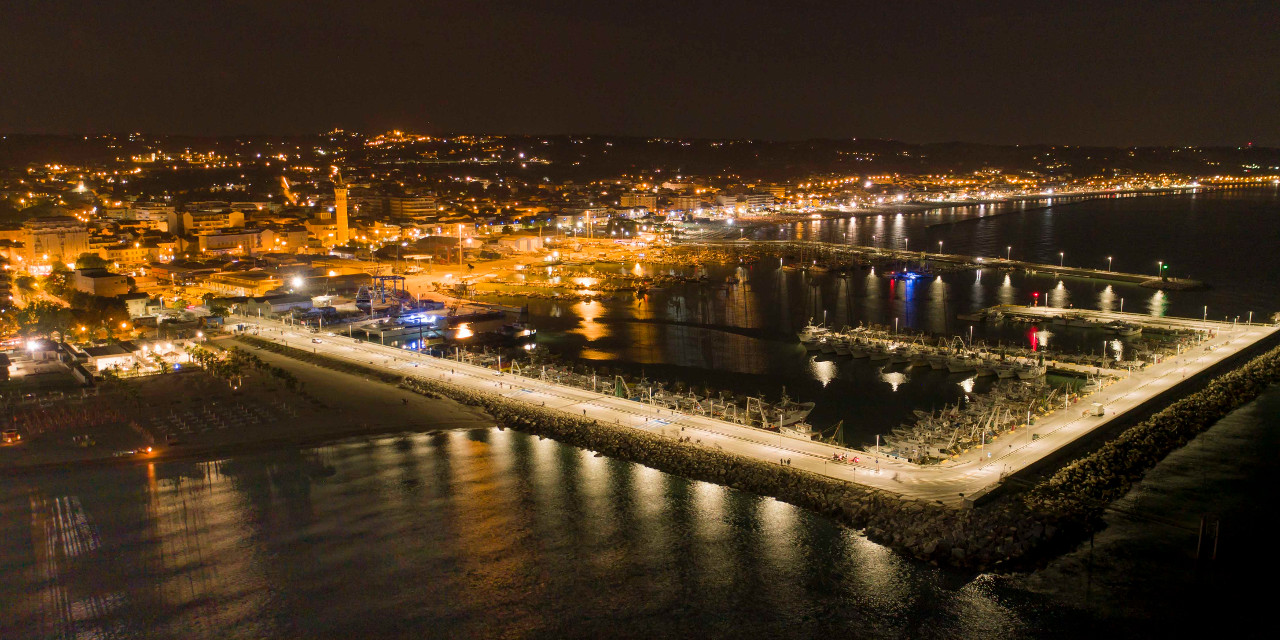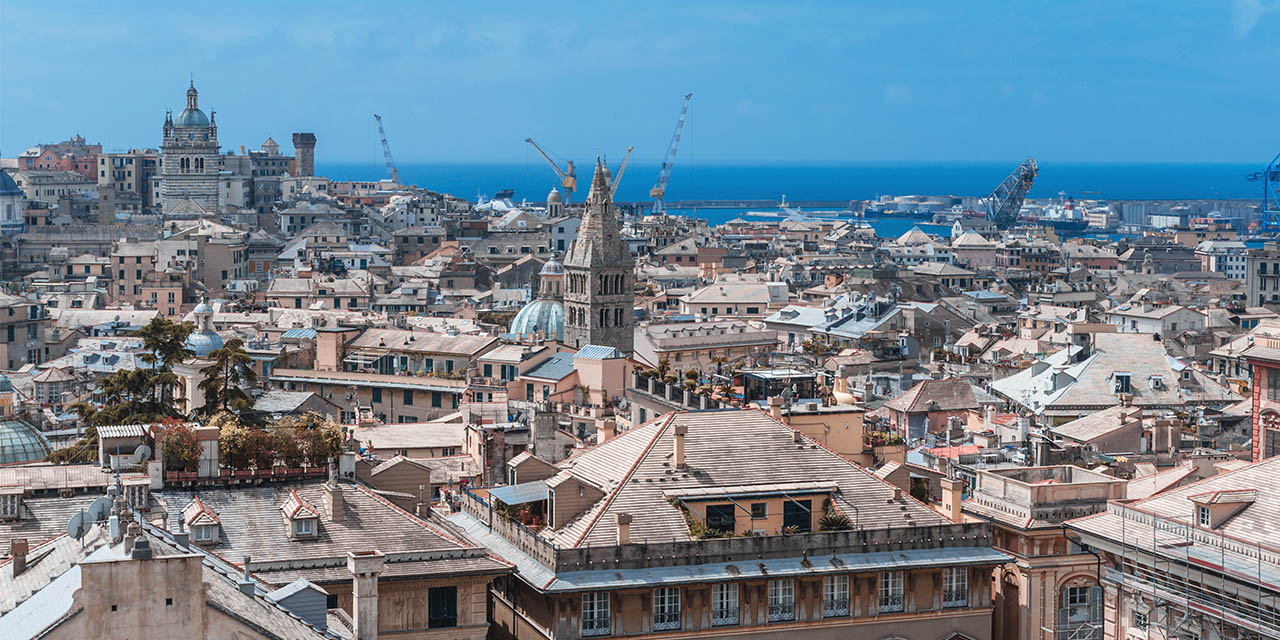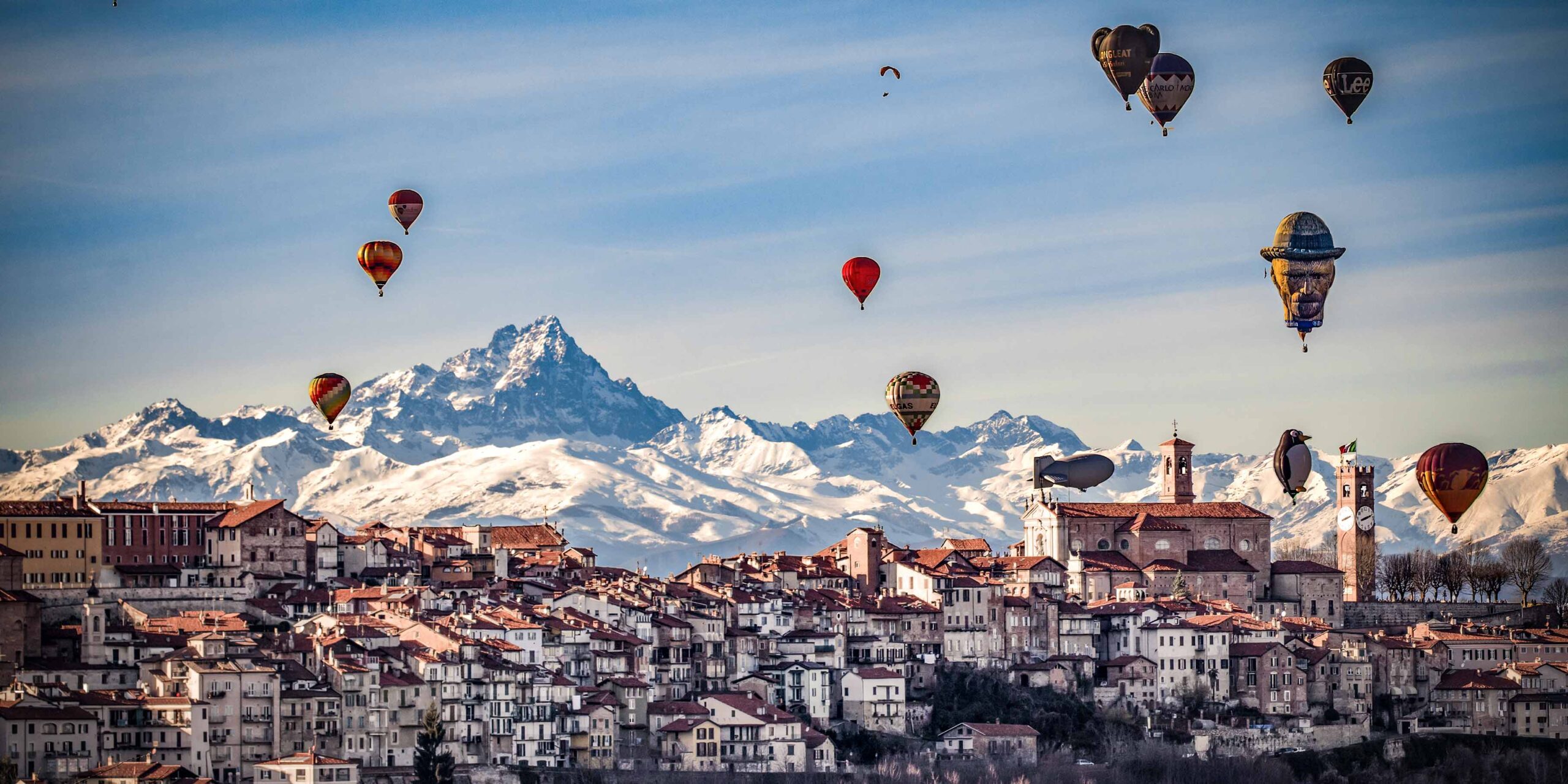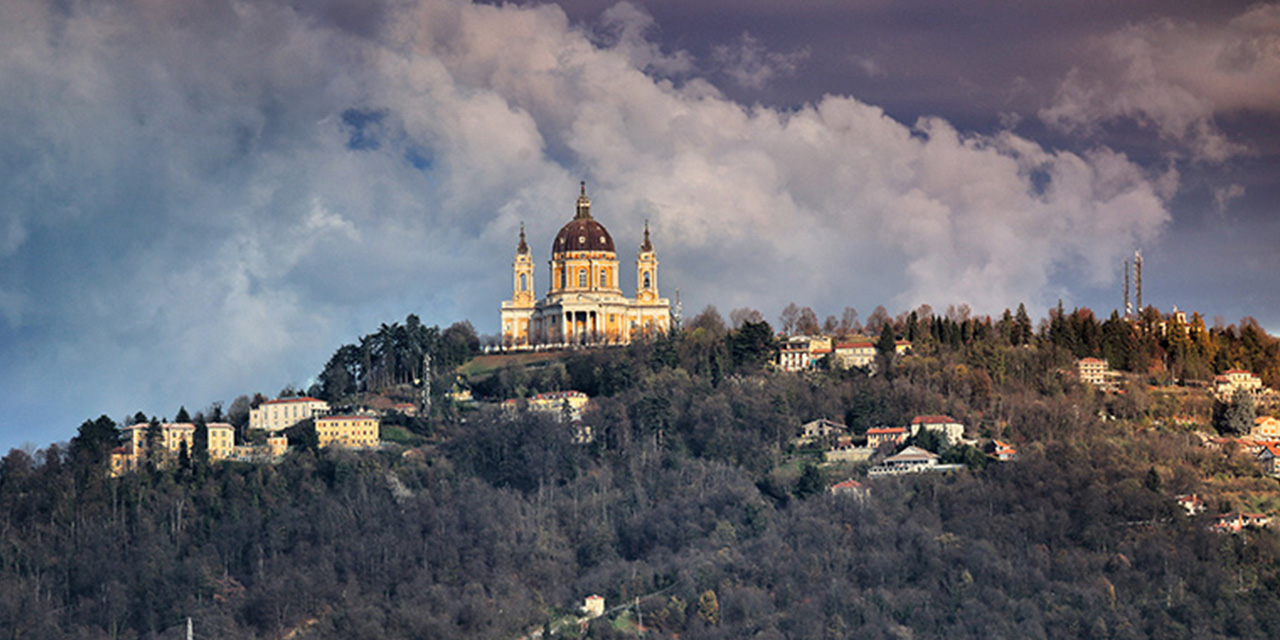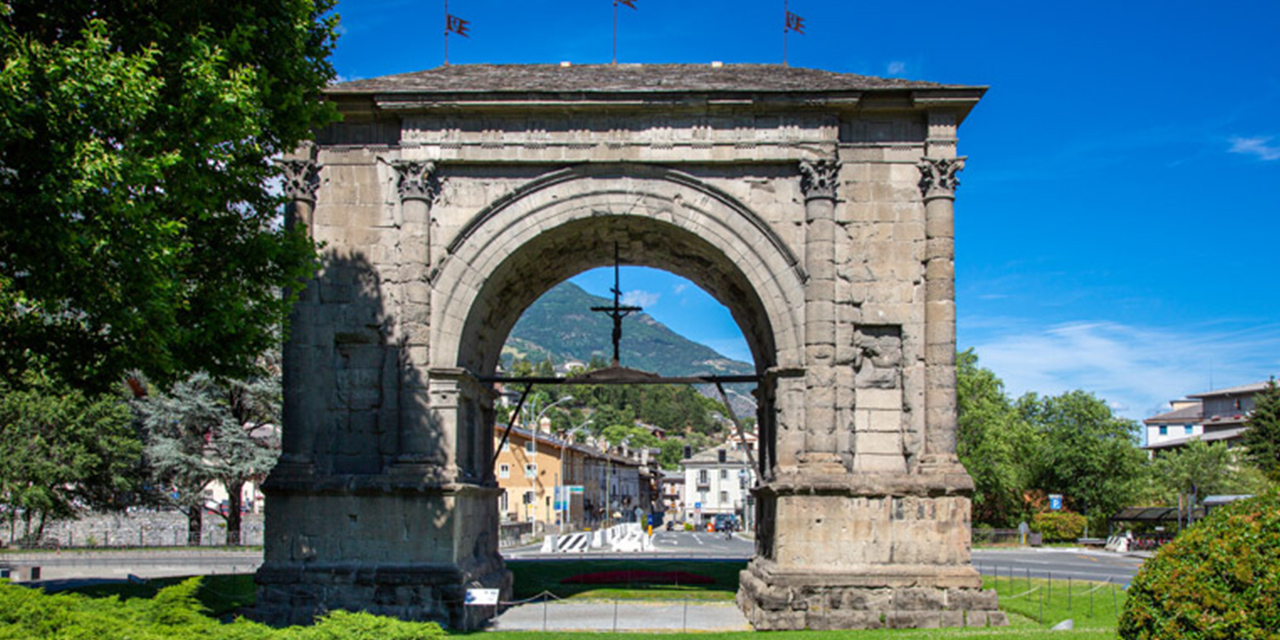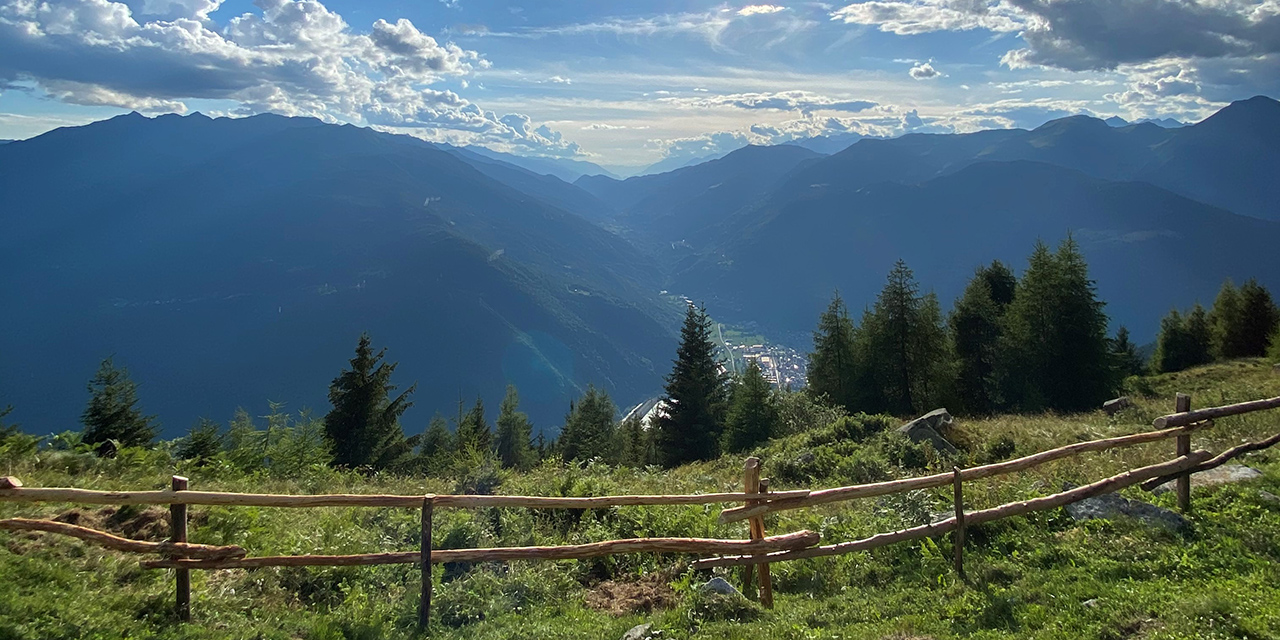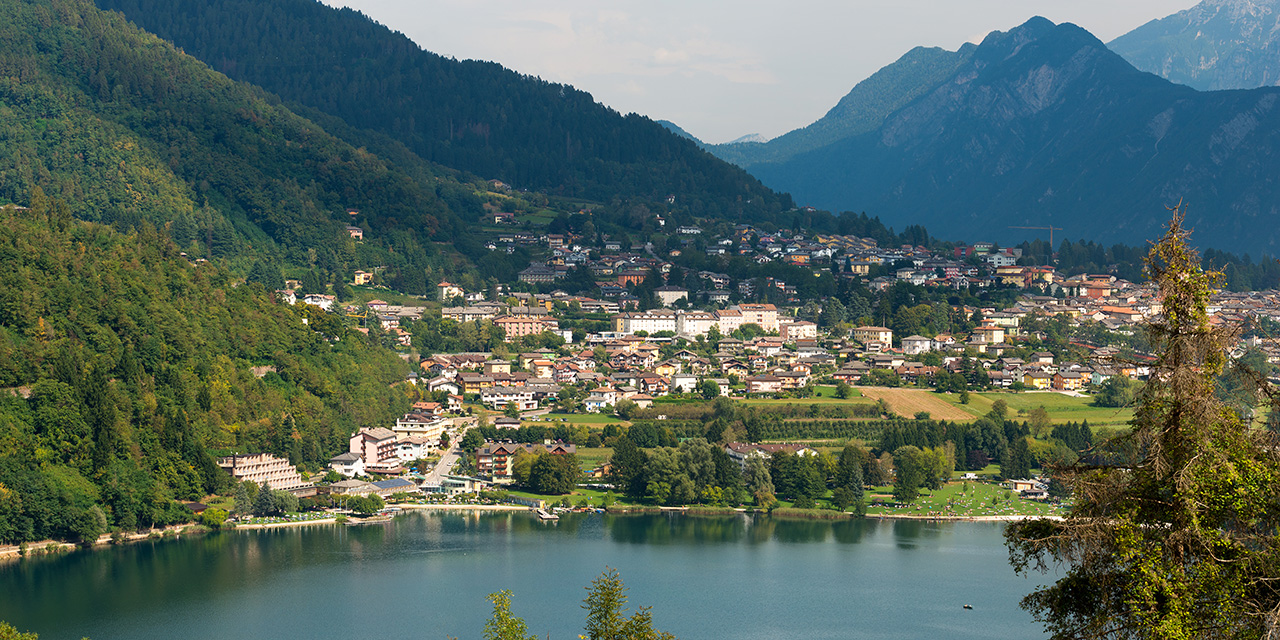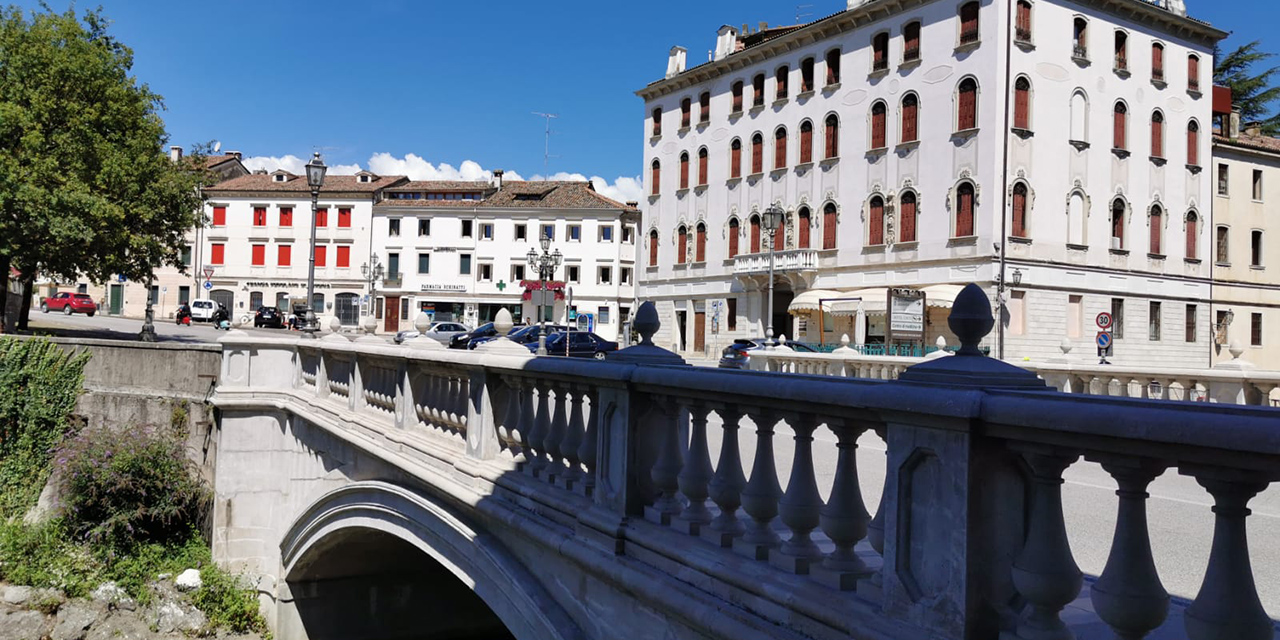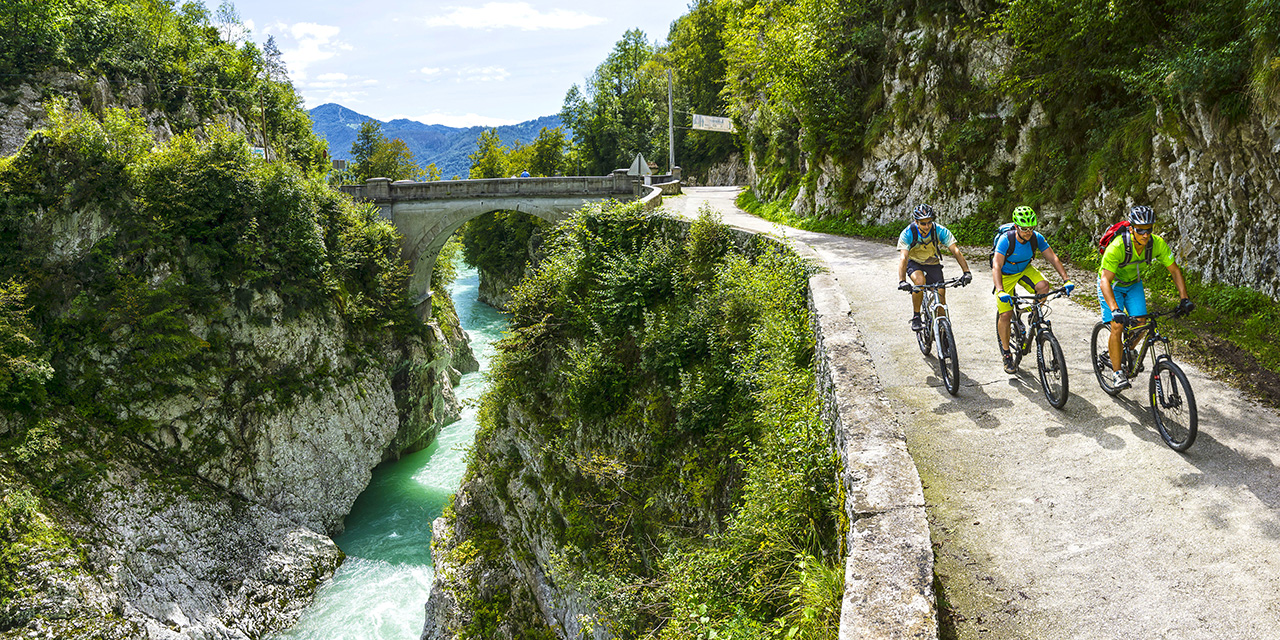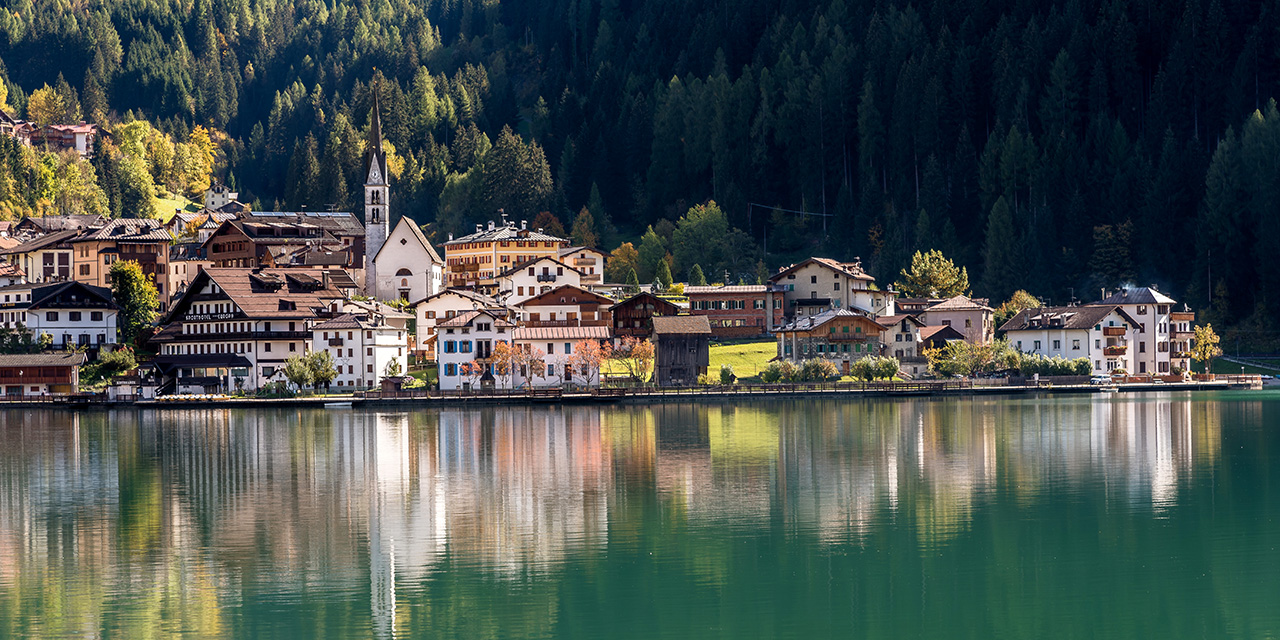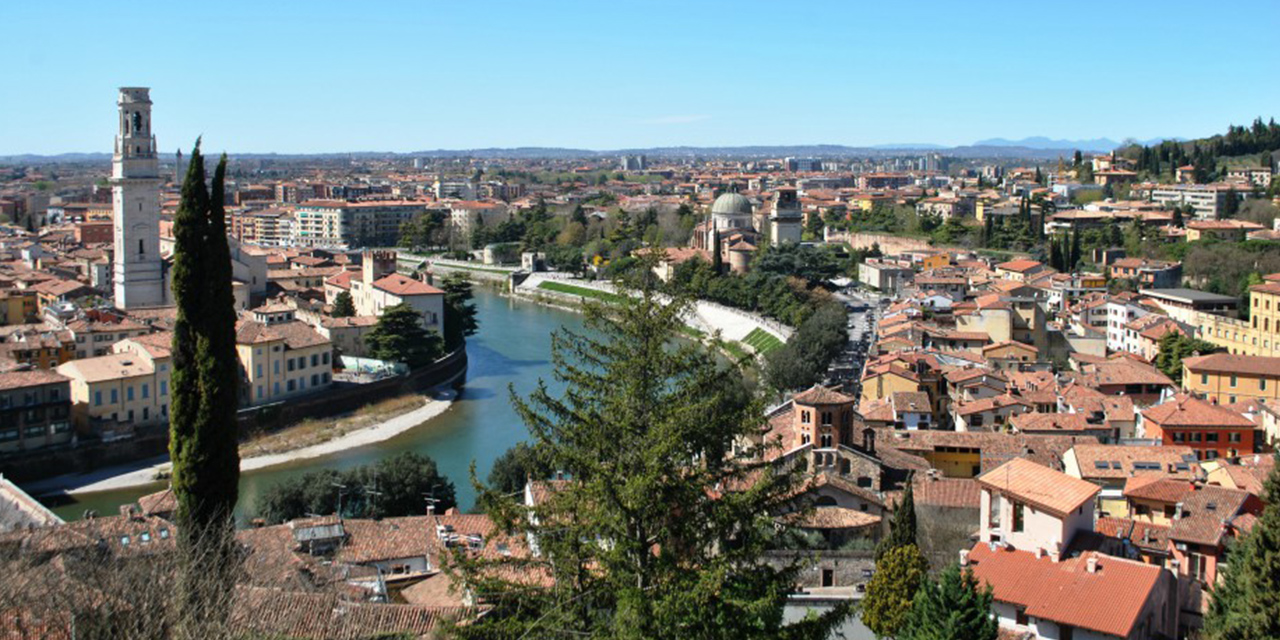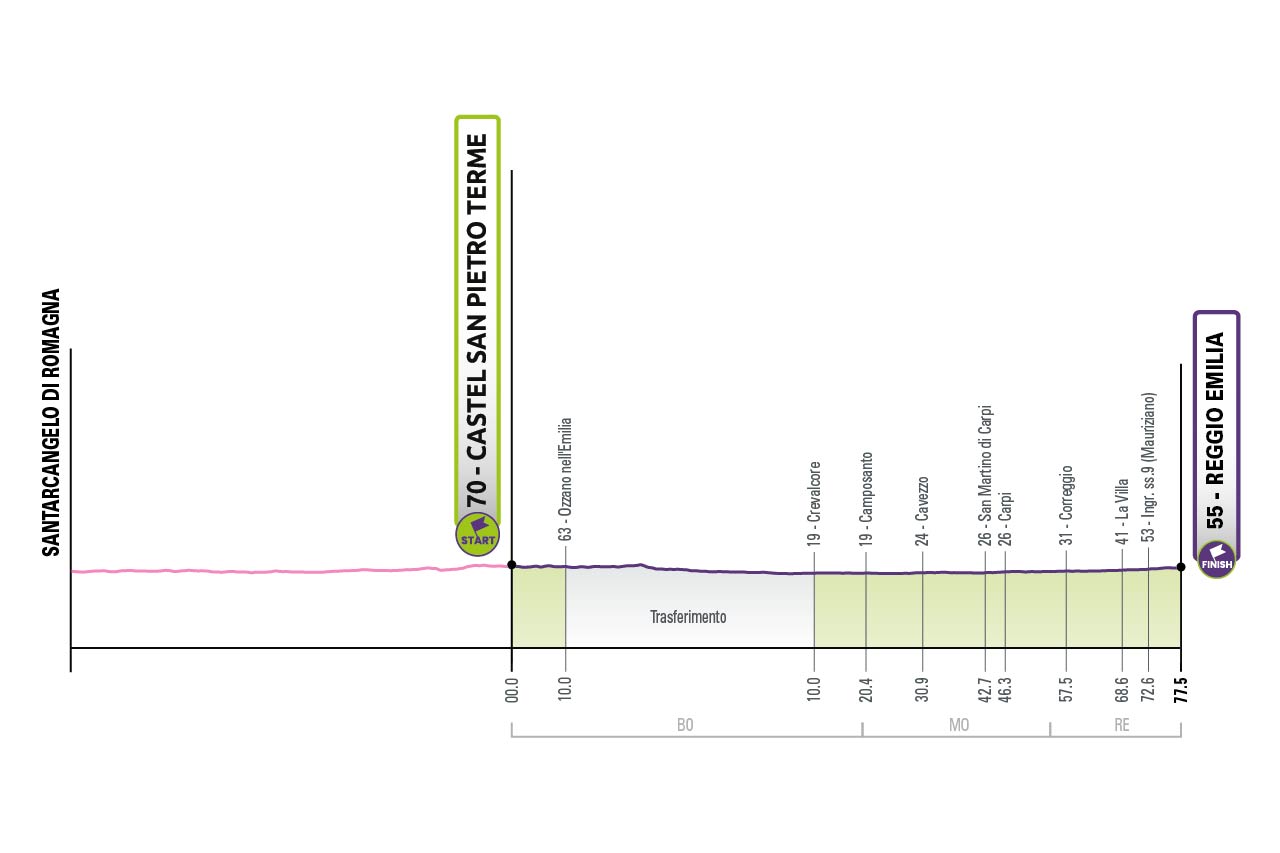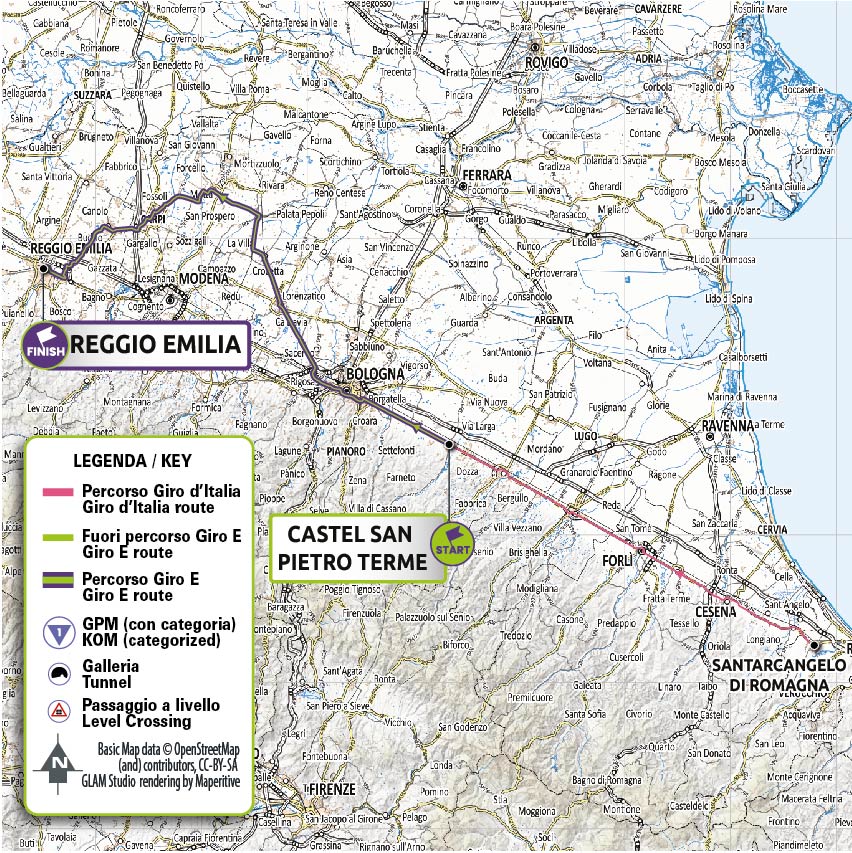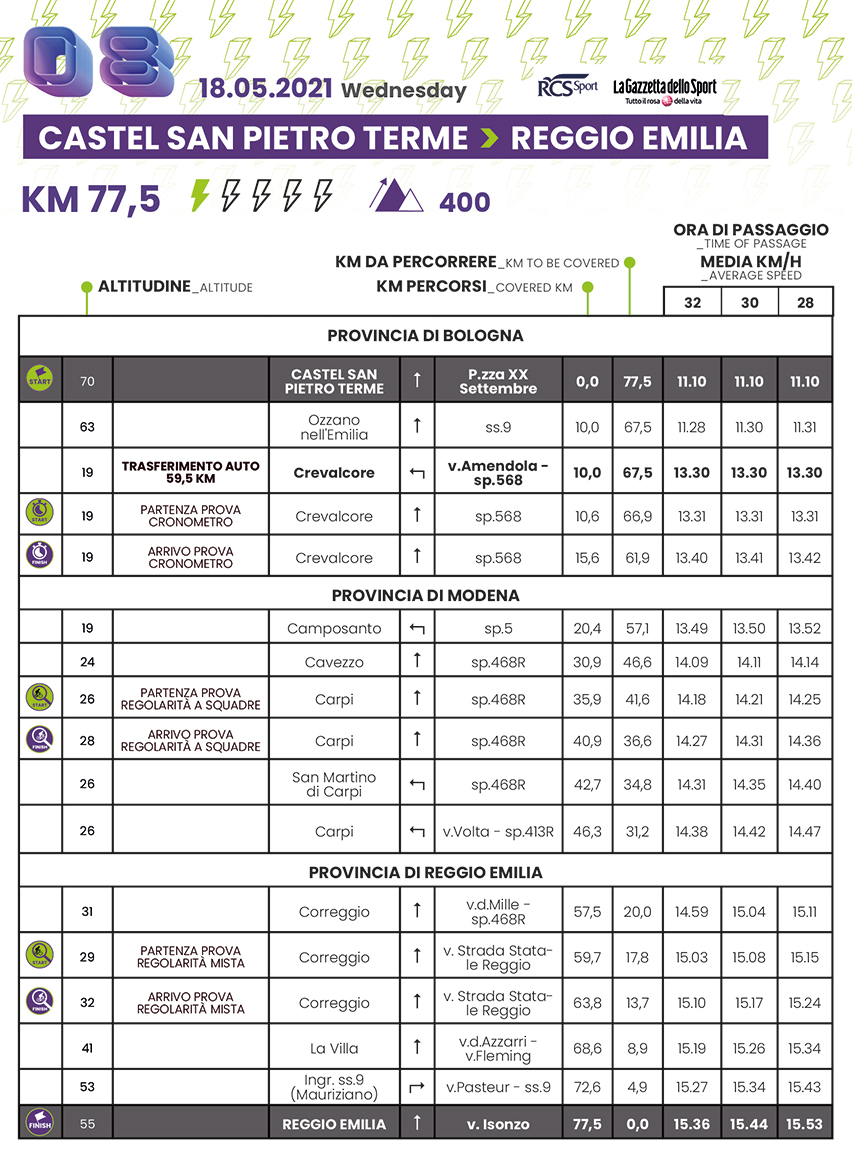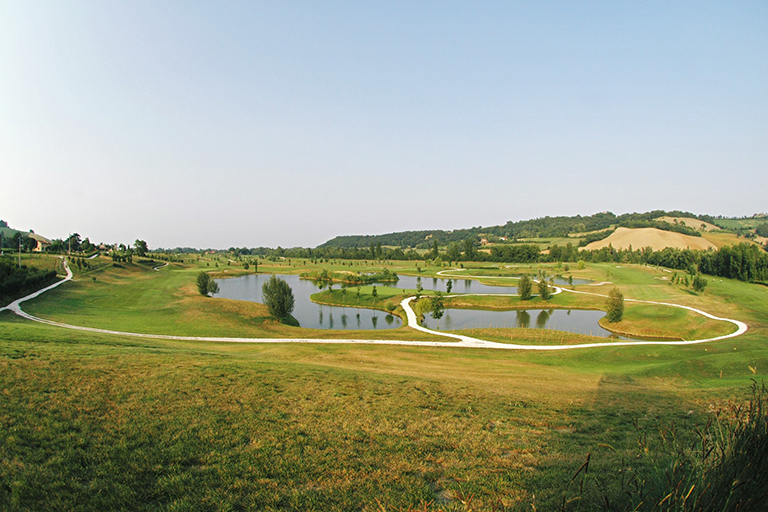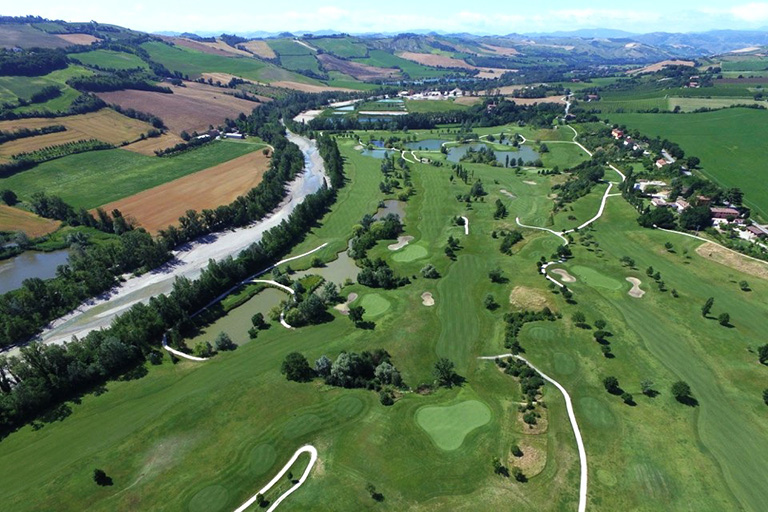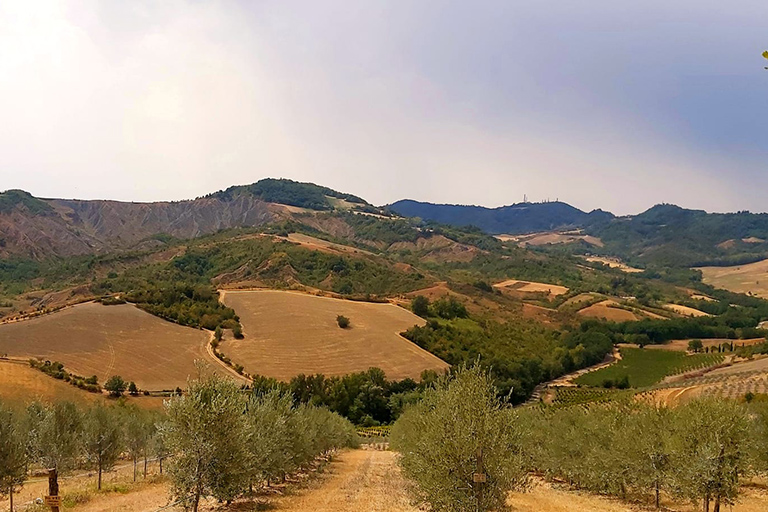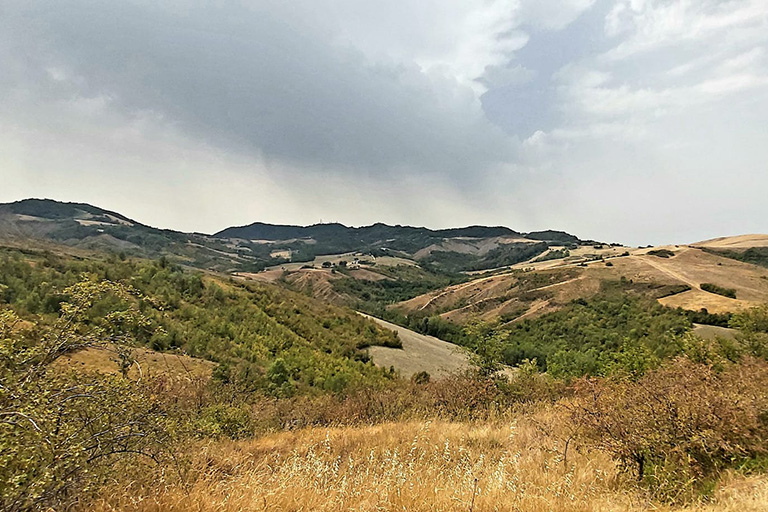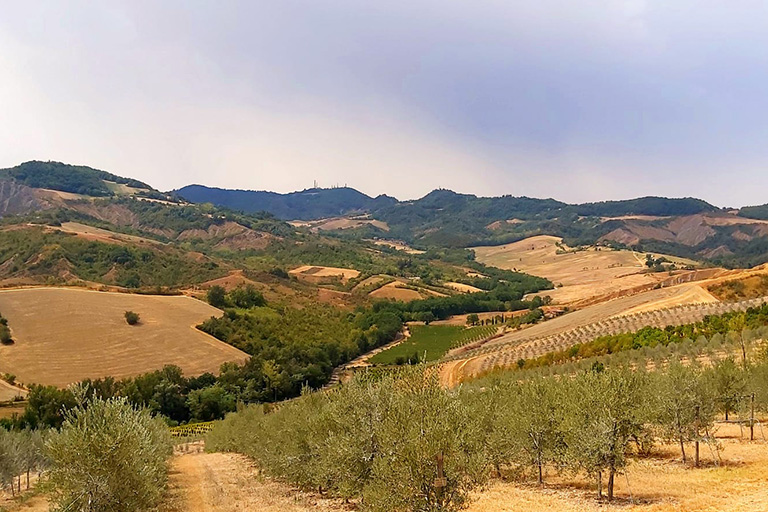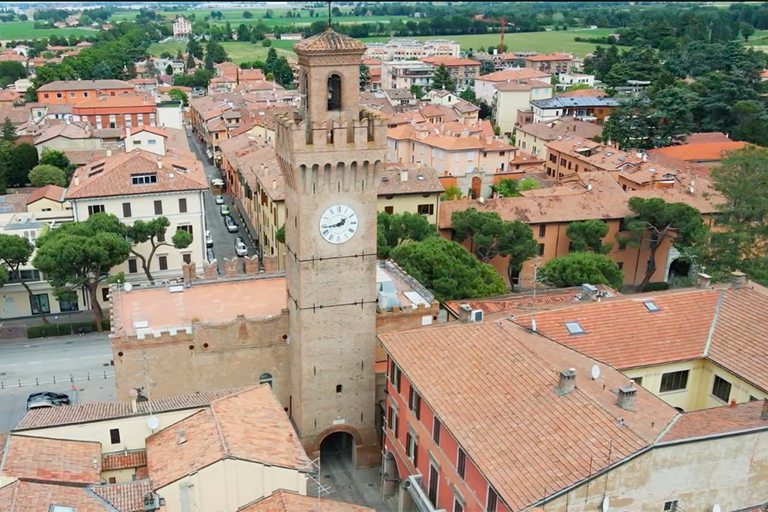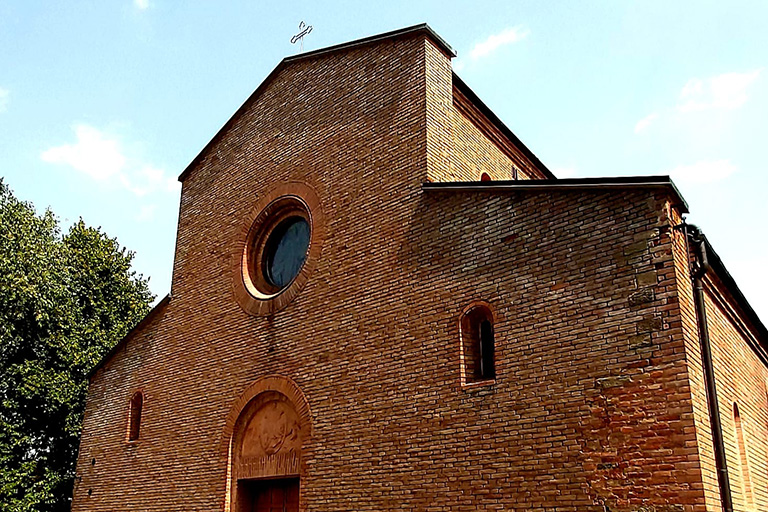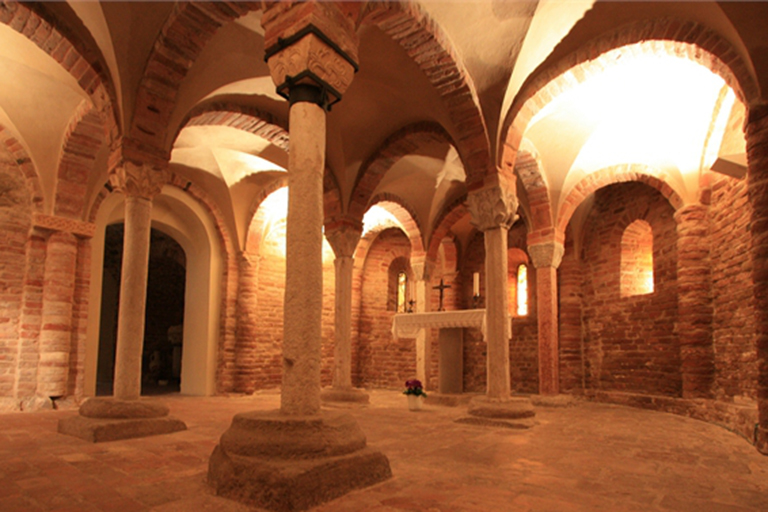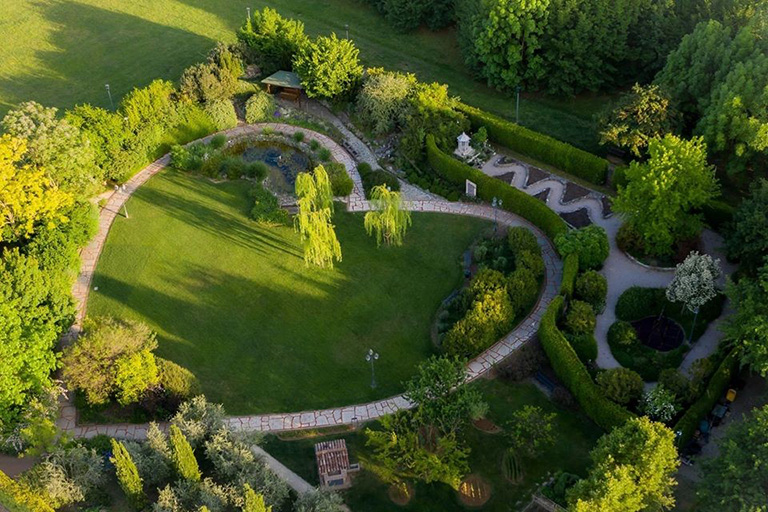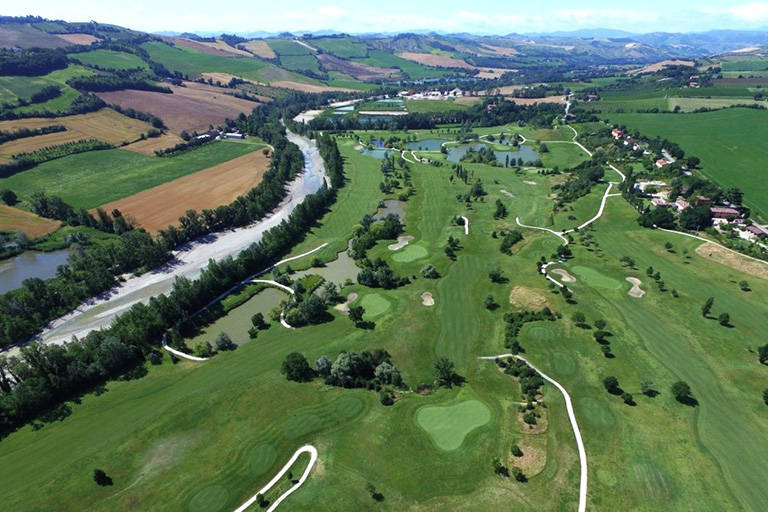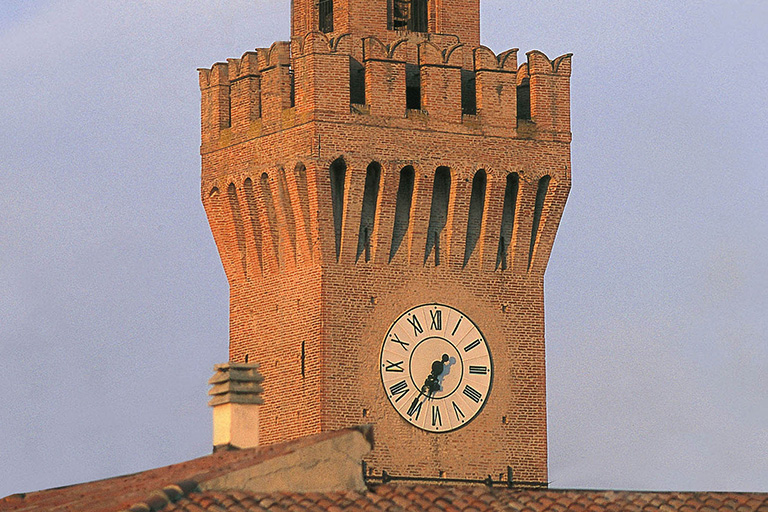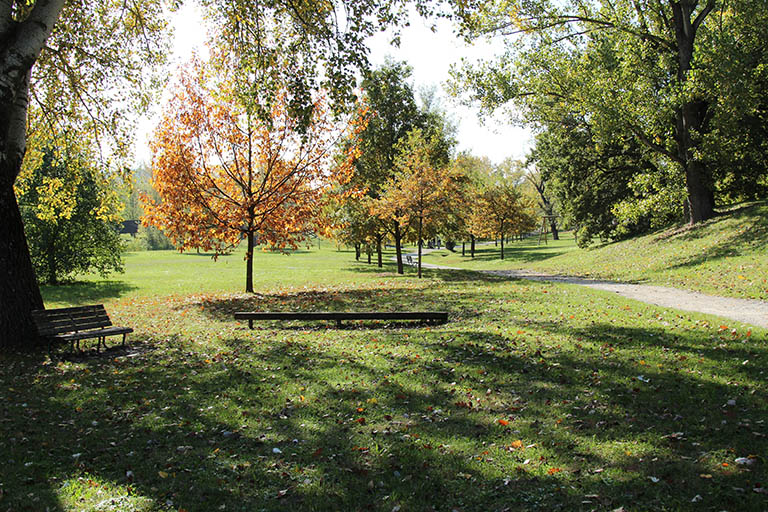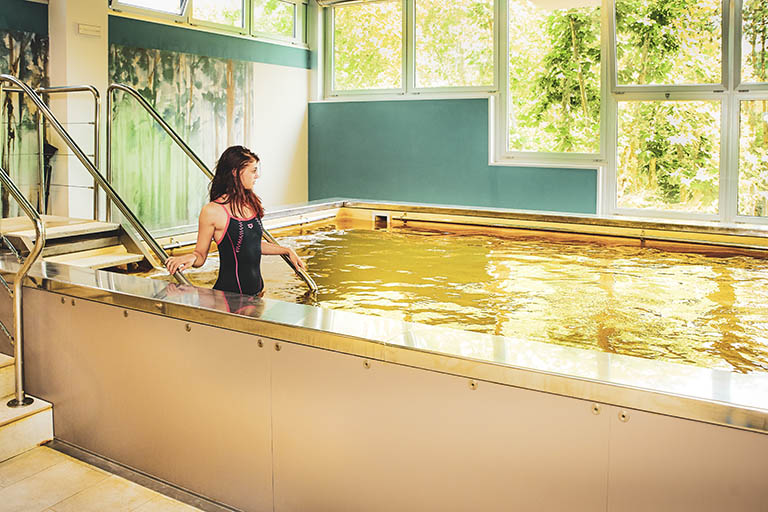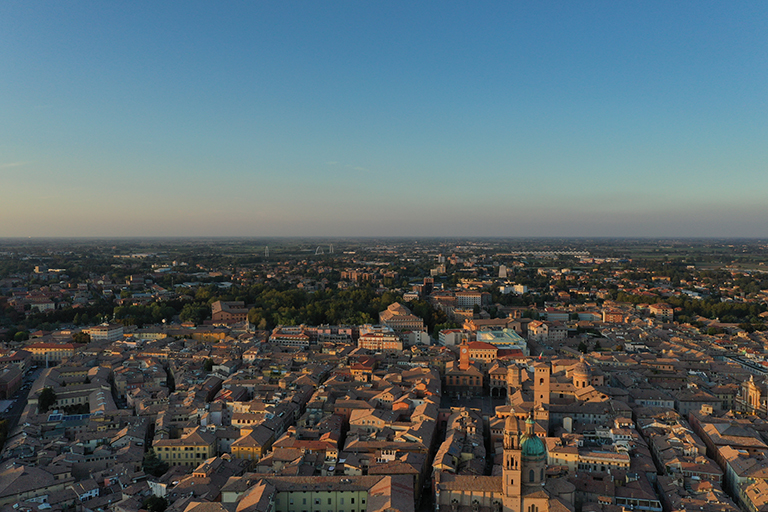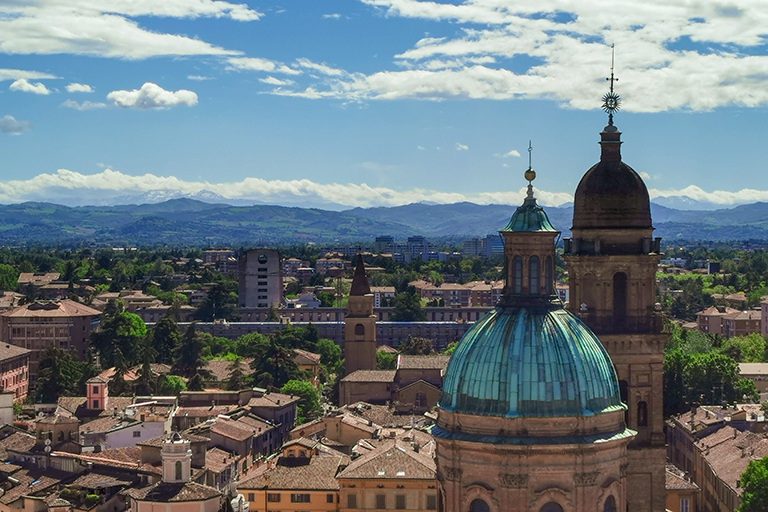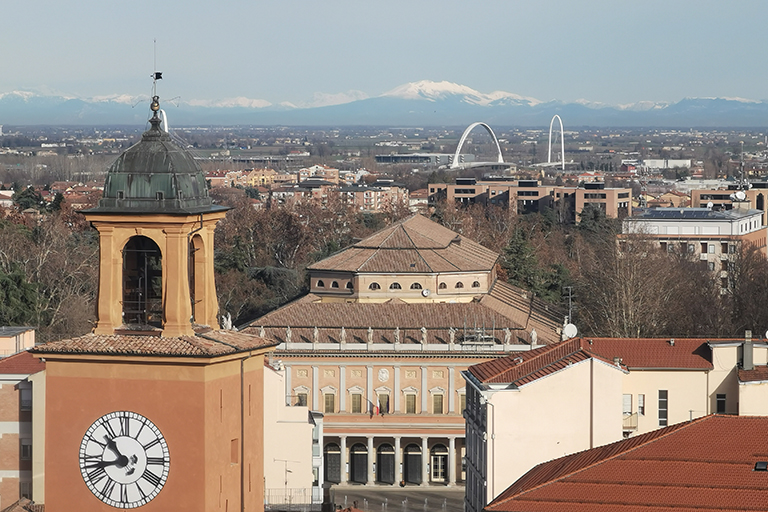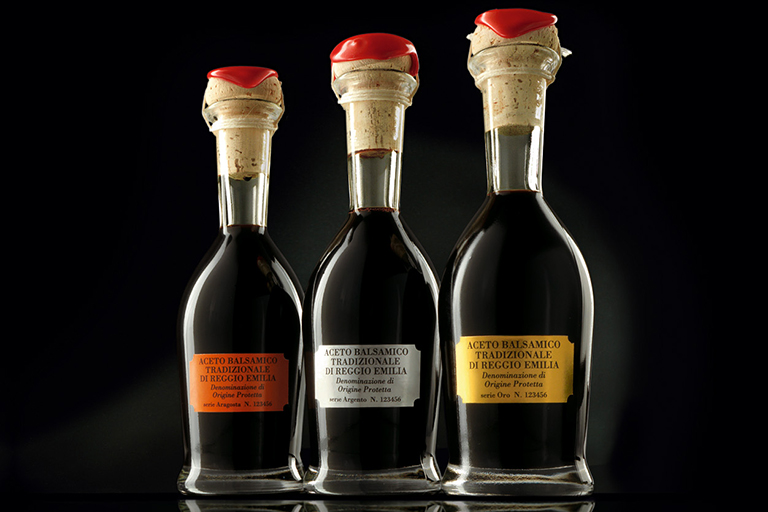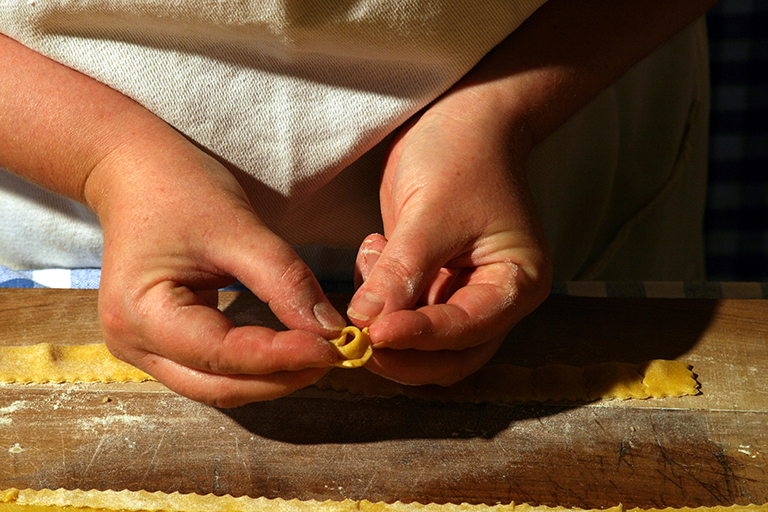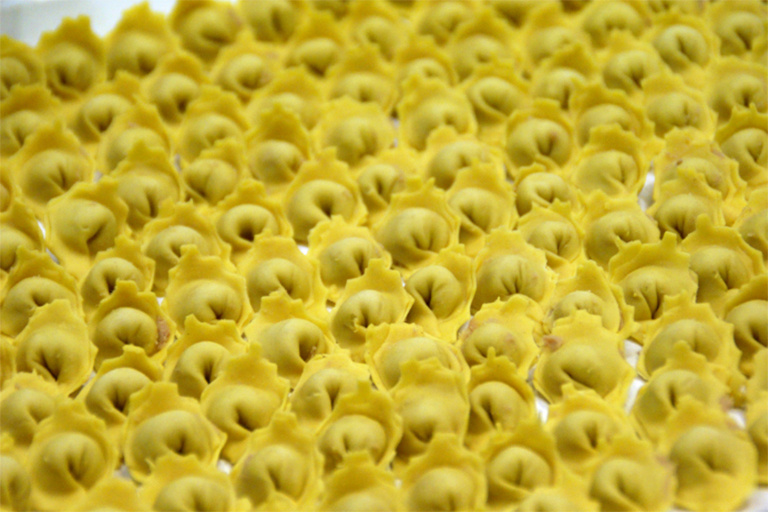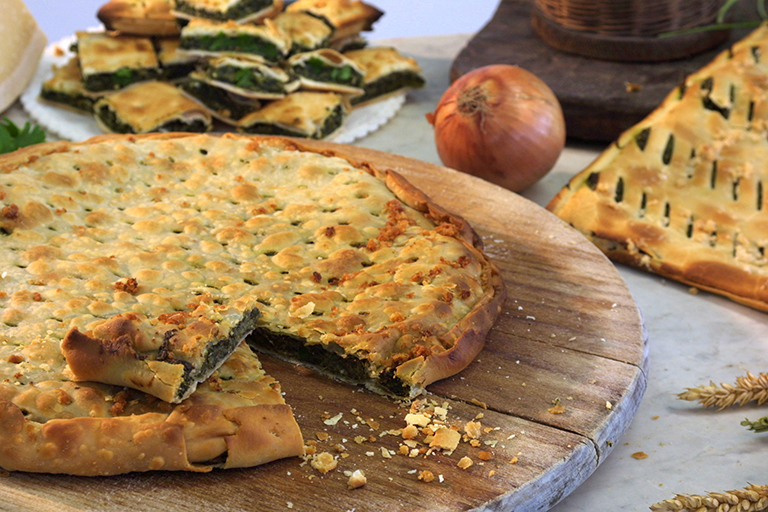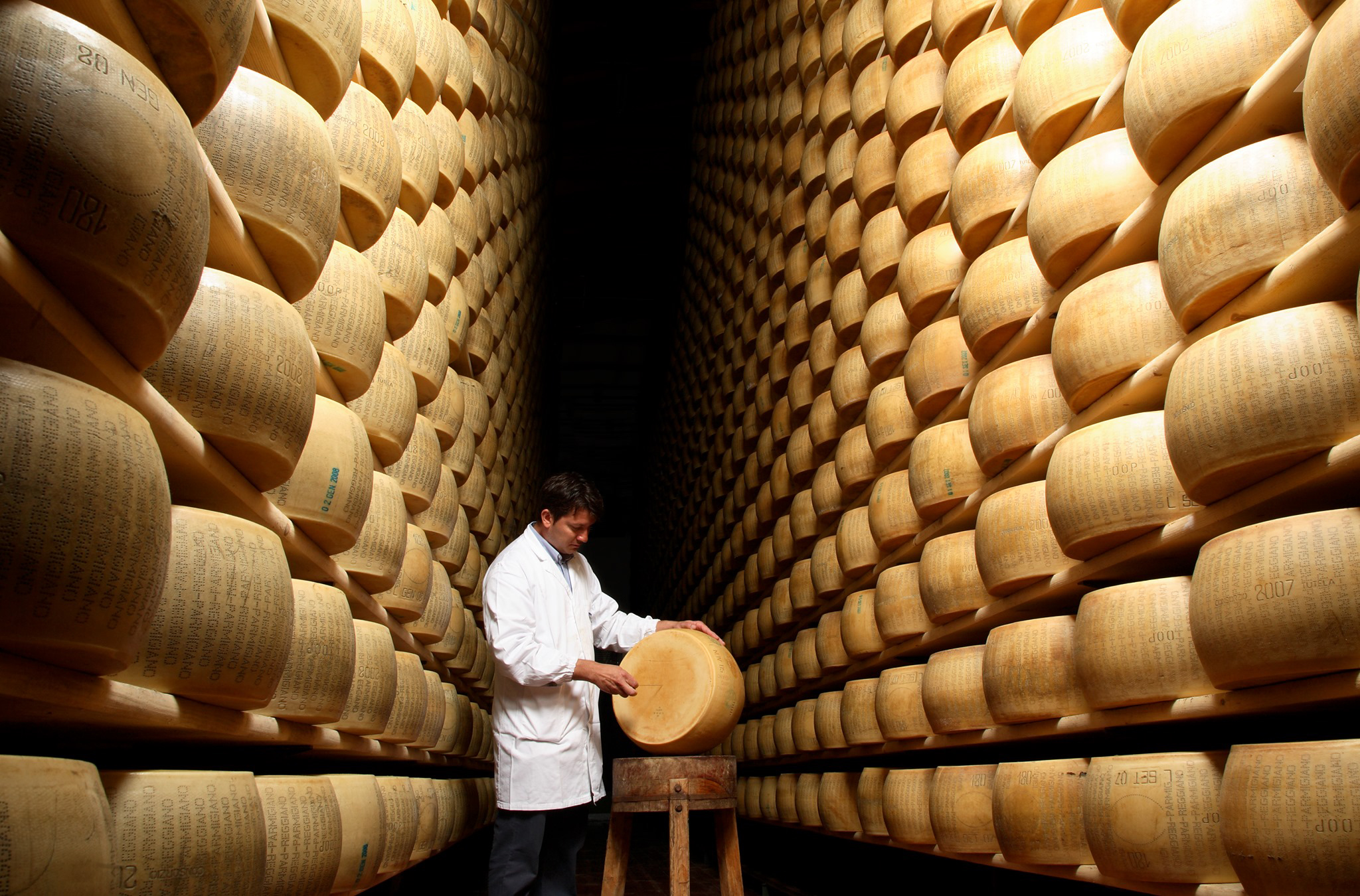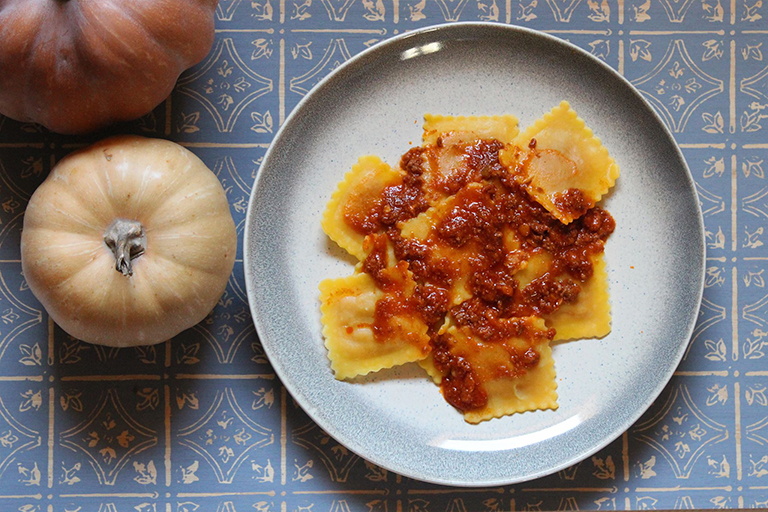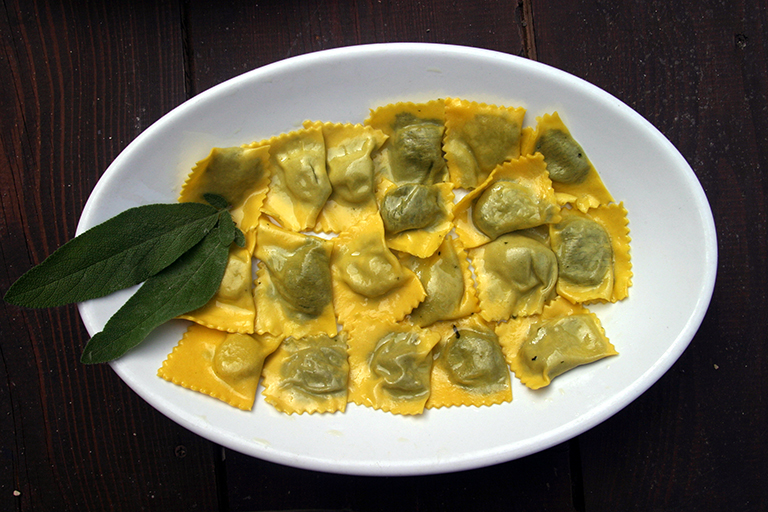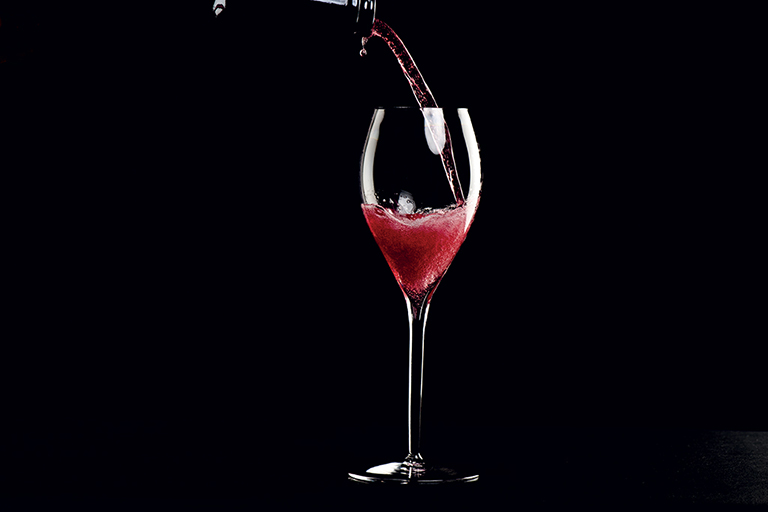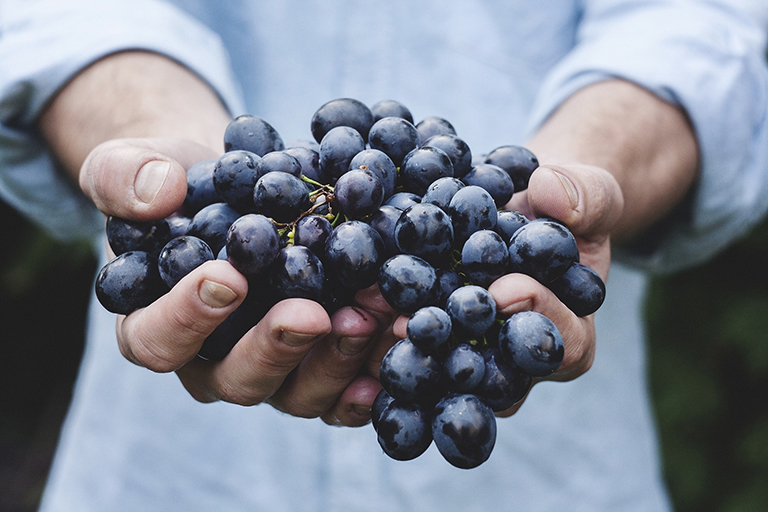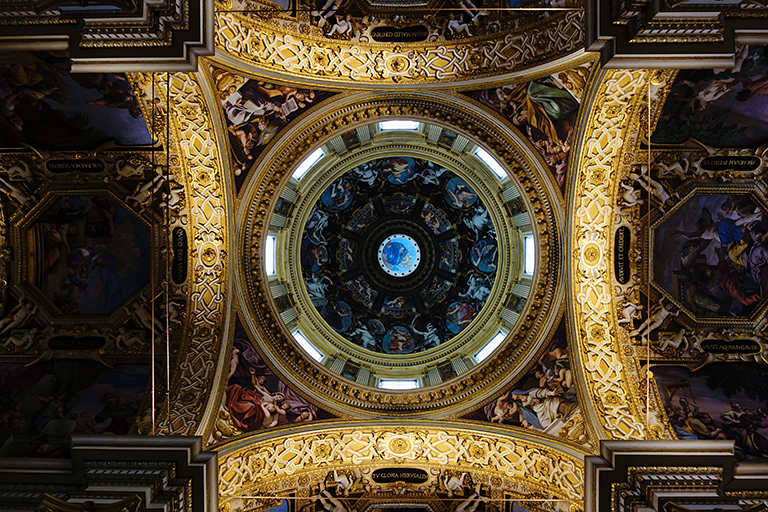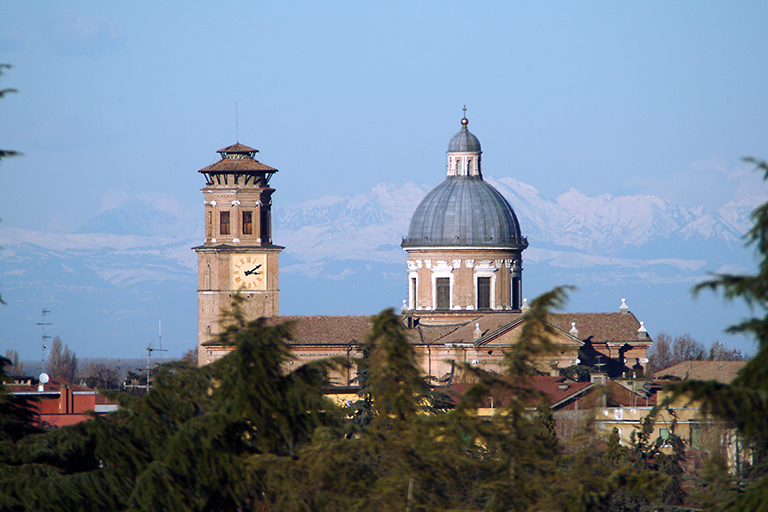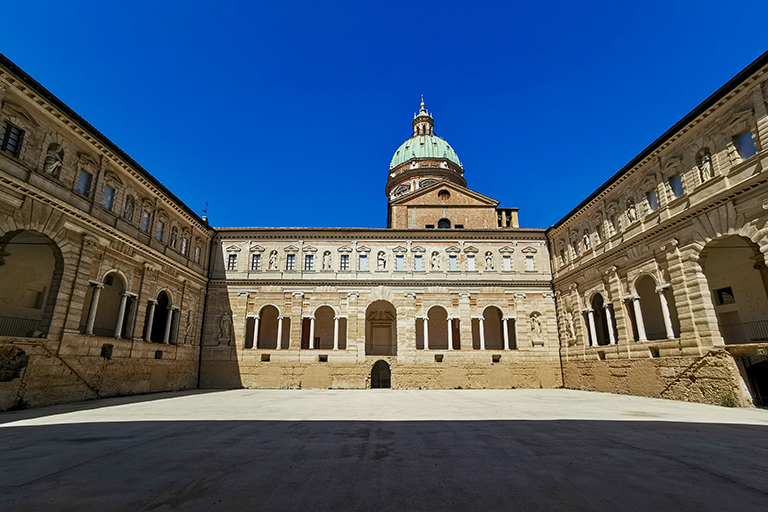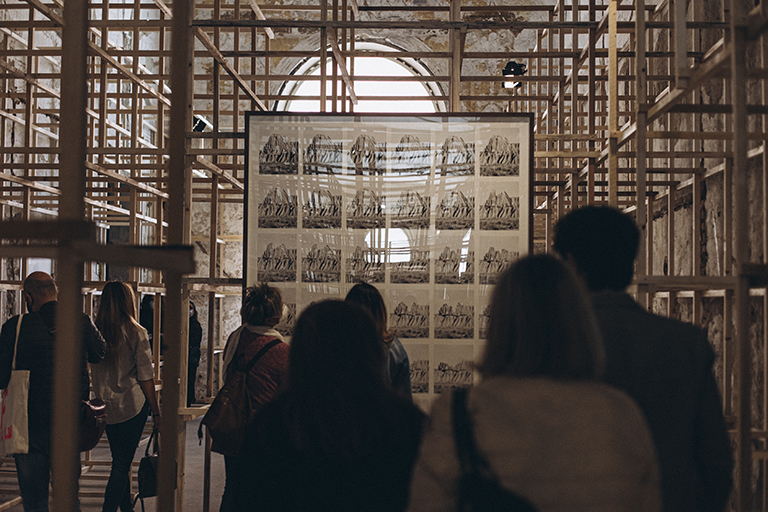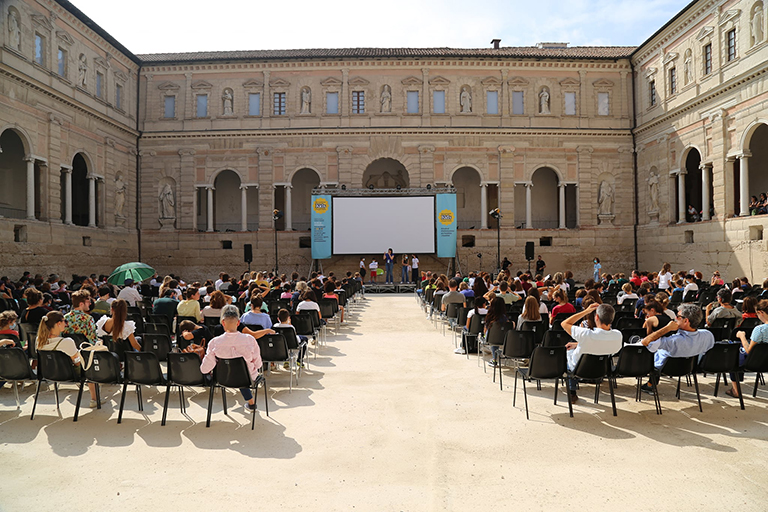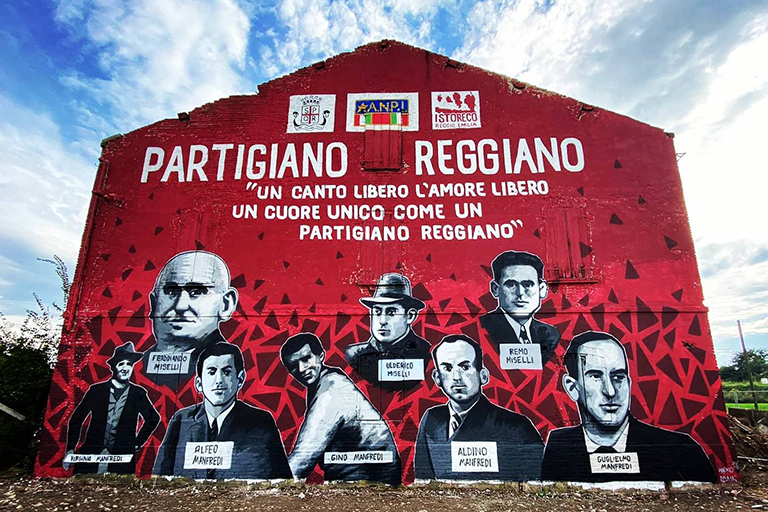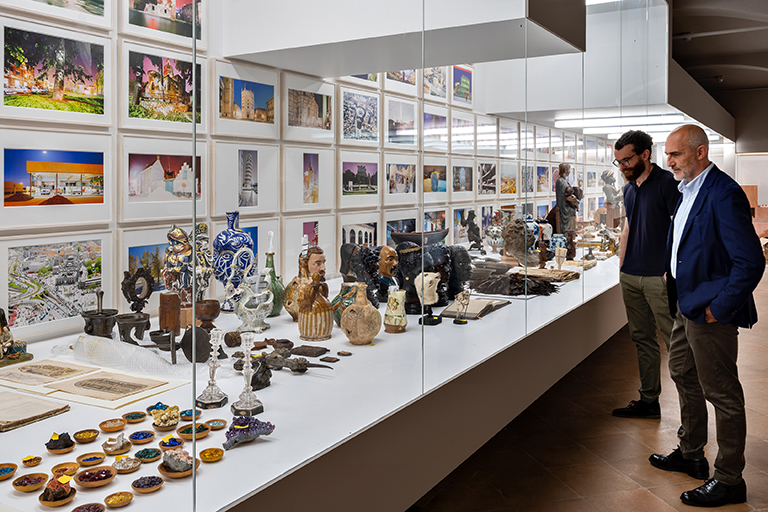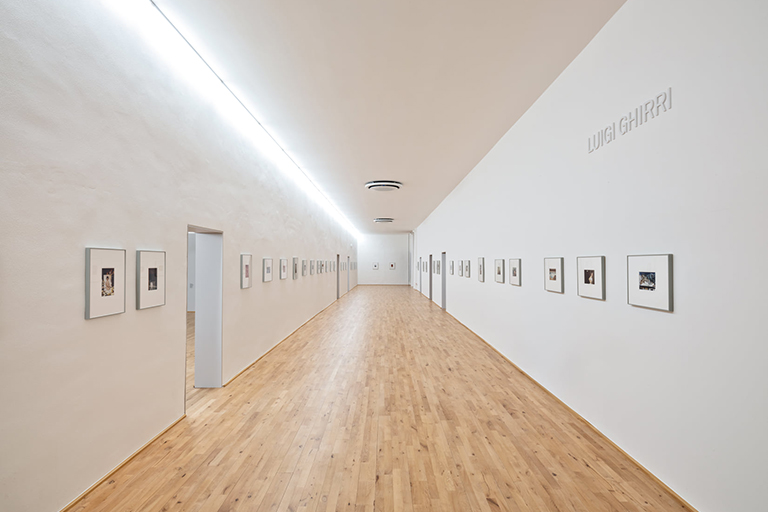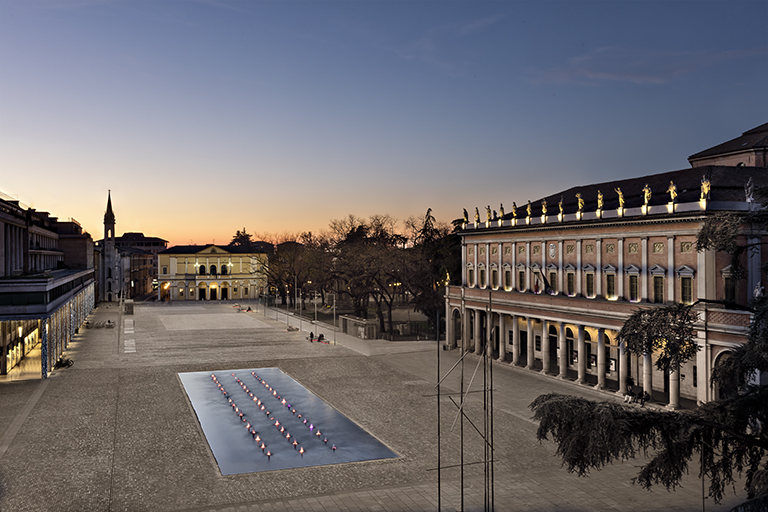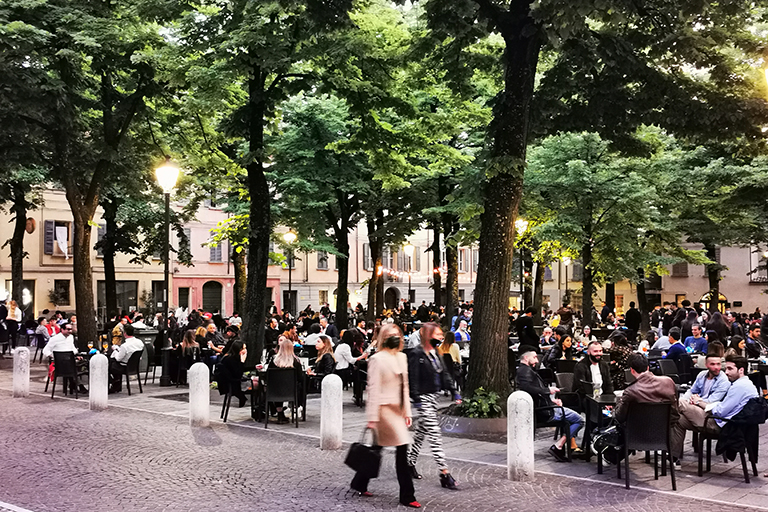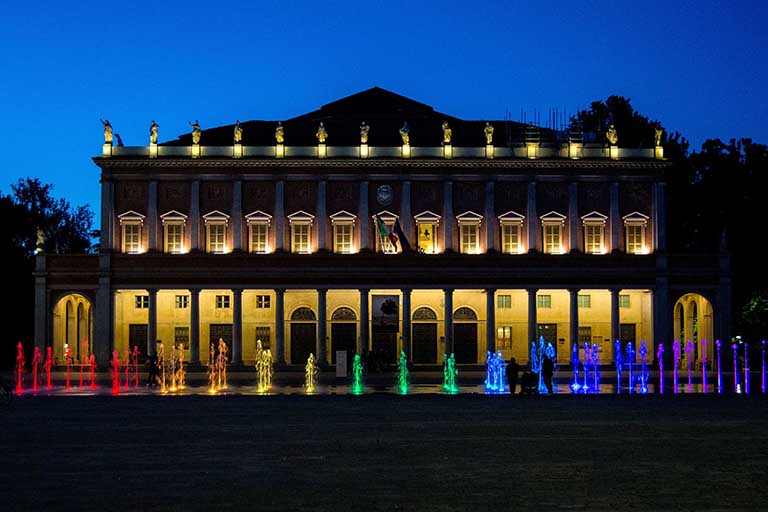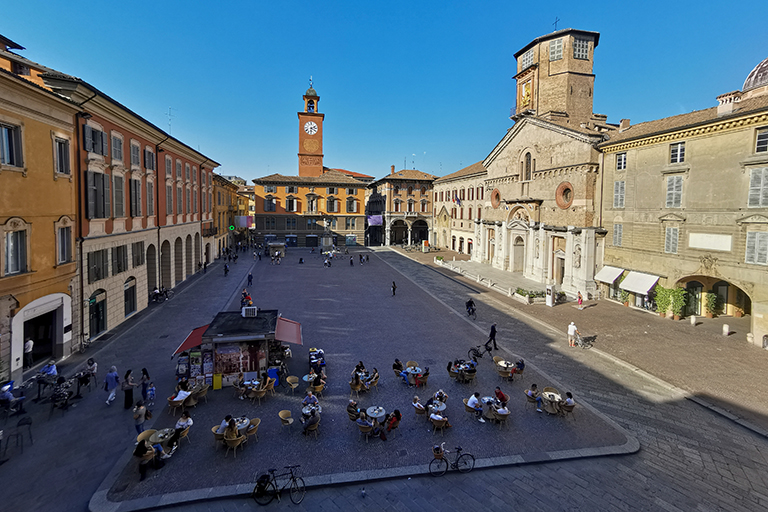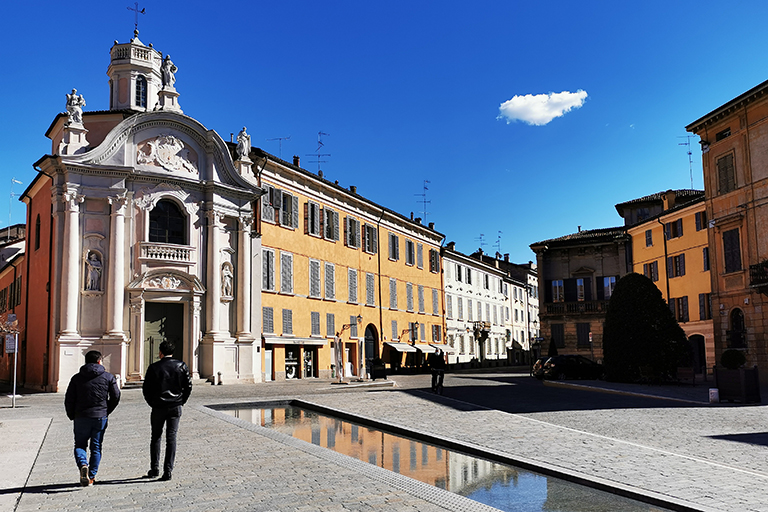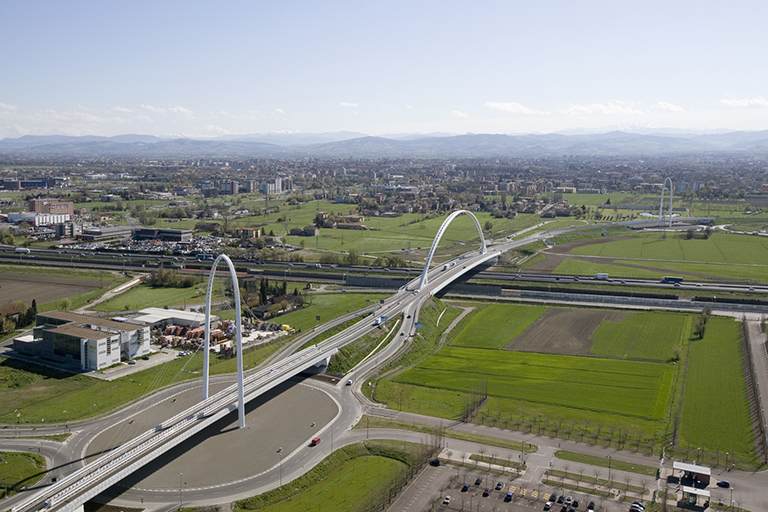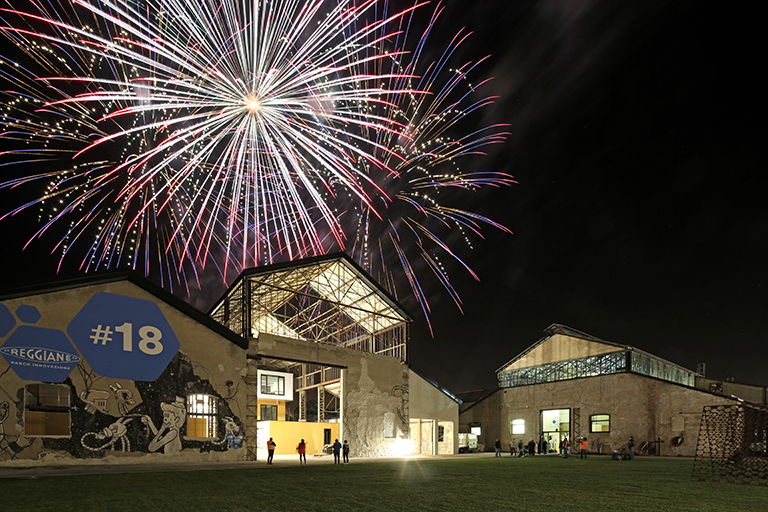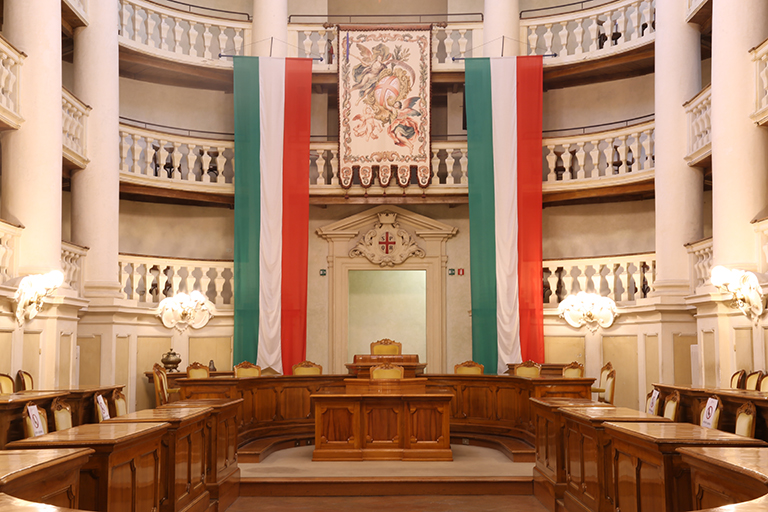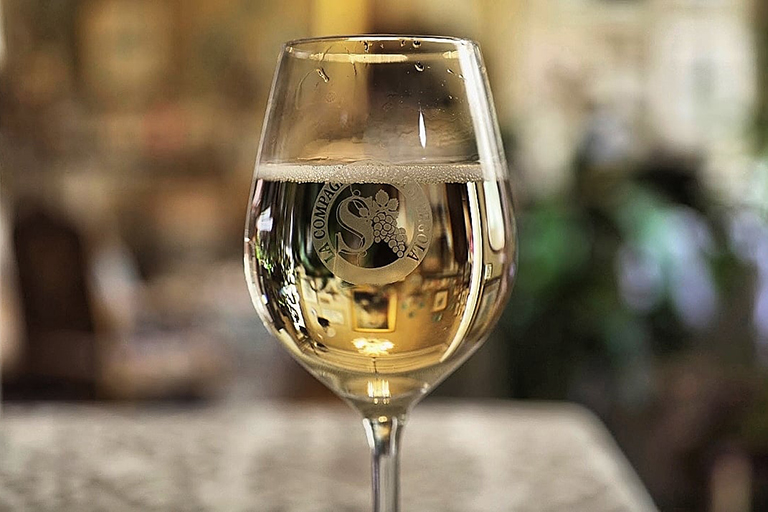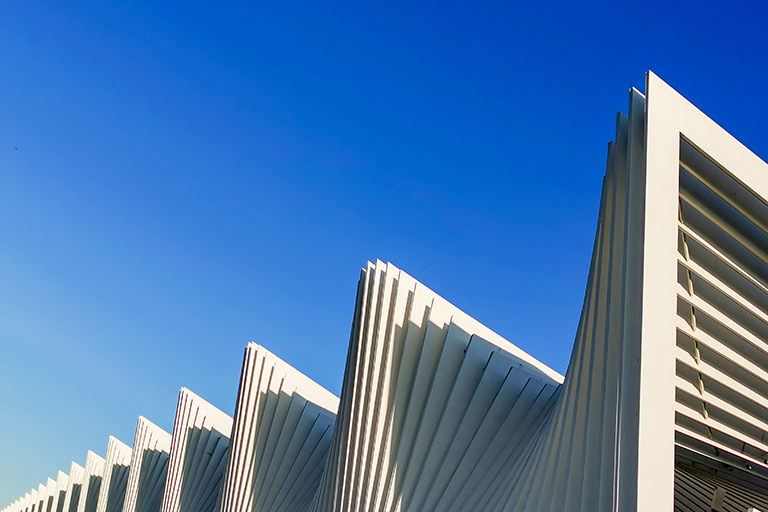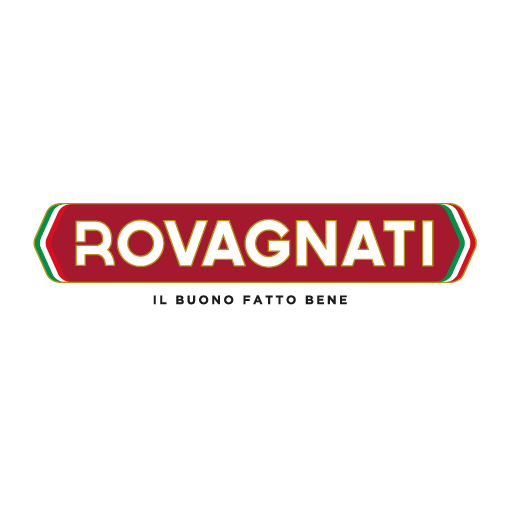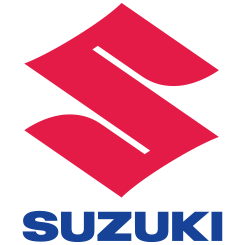profile
map
itinerary timetable
tourist info
Host city:
CASTEL SAN PIETRO TERME
Touristic information
Castel San Pietro Terme, nestling in the picturesque Sillaro Valley beside the Via Aemilia, a historic Roman road, is the perfect destination for a pleasant holiday enjoying nature, biking excursions, e-biking, beautiful scenery and good food and wine.
Surrounded by a hilly landscape of breathtaking colours, Castel San Pietro Terme is located in a strategic position between the cities of Bologna and Imola. The city’s green heart is the Parco Lungo Sillaro, a park with a cycle and pedestrian path around it. The city offers a variety of marked bicycle tourism trails for enjoying outdoor experiences.
the wide choice of welcoming accommodation is sure to meet all needs. The Terme di Castel San Pietro thermal baths and the picturesque Le Fonti golf club – an 18-hole course immersed in the greenery – offer experiences and holidays for well-being, fun and relaxation.
Castel San Pietro Terme has medieval origins, founded in 1199 as a stronghold east of Bologna. The Cassero, a military fortification built to defend the area, with its Torre dell’Orologio (bell tower), symbolises the city’s protective boundary.
Beverages
Savoiardo Castellano biscuits
Savoiardo Castellano is a traditional sweet of Castel San Pietro Terme. Research by students of the city’s Bartolomeo Scappi secondary school has revealed that these finger biscuits appeared in great banquets as early as the 17th and 18th centuries. As advertisements in Bologna newspapers testify, Savoiardo Castellani biscuits were already exported all over Italy between the 19th and 20th centuries. The Gardini family producing these biscuits in 1860 on their premises at no. 16 Via Matteotti, Castel San Pietro Terme. There is a story of a letter of thanks for a tin of these Savoiardo Castellano biscuits received as a gift by the Queen Mother, Margherita of Savoy, dated 11 May 1903 and signed by her maid of honour, expressing her goodwill and her pleasure at the quality of the product. The letter also contained a jewel – a brooch – now in the possession of the heirs.
Castel San Pietro cheese
Cheese, made from both sheep’s and cow’s milk, is a long-standing part of Castel San Pietro Terme’s culture.
Castel San Pietro is a soft, caciotta cheese with a delicate flavour which, over the years, has established itself as a symbol of the city’ food, enhanced by the local crops, most notably waxy barley and alfalfa, ideal for grazing cows producing milk for making caciotta cheeses.
This cheese is delicious enjoyed with a slice of mountain bread, with vegetables or, better still, accompanied by jams, honey or fresh fruits. It also makes an excellent filling or stuffing.
Braciola (chops)
One of the city’s traditional dishes is braciola di castrato alla griglia (grilled mutton chop) accompanied by grilled vegetables and wines from the nearby hills. The local mutton is very tender and flavoursome with a slightly pungent aroma.
Other traditional local products include wines, such as Sangiovese, Pignoletto and Chardonnay DOP.
Cittaslow and Città dell’Olio
Castel San Pietro Terme is on the international Cittaslow (slow food cities) circuit, and hosts the Italian National Honey Observatory for the protection of bees, the guardians of biodiversity. ‘Castello’, as the inhabitants call it, is also a Città dell’Olio (olive oil city) thanks to cultivation of olives for production of extra virgin oil.
Main Sights
Castel San Pietro Thermal Baths (Viale Terme no. 1113)
The properties of Castel San Pietro’s waters, thanks to the qualities of the mud and the sulphuric, ferruginous and salsobromoiodic mineral waters, have been known since the Middle Ages.
The Terme di Castel San Pietro are famous historic thermal baths whose inhalation therapy centre, pool centre and vascular paths offer scientifically-certified spa treatments for both adults and children.
Those looking for a little relaxation can also enjoy well-being treatments at the adjacent beauty space.
The Fonte Fegatella spring is situated along the Viale Terme avenue. It is said that, in 1337, some sheep with serious liver disease were restored to health thanks to the healing powers of its water.
Le Fonti Golf Club (Viale Terme no. 1800)
The Le Fonti golf club was established in 1999. This 6480-metre, 18-hole, par-72 course is situated in the area of the thermal waters, immersed in the Sillaro Valley beside the historic Via Aemilia.
Covered with Bermuda grass, it is playable all year round and is extremely enjoyable and varied for both professional and amateur players.
The course can also boast Italian Golf Federation ‘Committed to Green’ (INV) certification thanks to its eco-sustainability and focus on natural biodiversity. It hosts major national and international events: two Ladies European Tour events, three Alps Tour opens, two National Professional Championships, and the Alps Tour Qualifying School in 2021.
It is home to the Le Fonti Golf Academy, with innovative facilities for all those wishing to learn the world’s most popular sport.
The golf club is located near to the large and welcoming tourism, hotel and spa area, immersed in the greenery and very close to the historic centre of the medieval city.
Giardino degli Angeli (Via Remo Tosi)
One of the city’s most evocative locations is the Giardino degli Angeli, a heart-shaped garden housing over a hundred plant and flower species chosen to provide a succession of blooms throughout the year and enjoyment of nature in all seasons.
Cared for by a voluntary association, it was created in memory of a young girl from Castel San Pietro Terme. This garden is one of a kind: a tour for exploring human values and feelings through plants and evocative staging of events. The garden is accessible to everyone, thanks to its paths for people with disabilities.
Crypt of Varignana (Piazza San Lorenzo in Varignana)
A few kilometres from the city centre, in the hamlet of Varignana, is the crypt of the Church of San Lorenzo in Varignana, a pre-Romanesque jewel from the 9th century. The three-nave crypt, built beneath the church, is known as an ‘oratory-style’ crypt due to its particular structural features. Inside, it conserves a fresco dating back to the 15th century.
Events
A variety of cultural events are organised in the city of Castel San Pietro throughout the year, including Very Slow, Giugno Castellano, La Notte Celeste, Settembre Castellano, and the traditional human-powered prototype race, the Carrera Autopodistica.
PATHS and ITINERARIES
Castel San Pietro Terme offers 100 square metres of green public space per inhabitant. Along the Viale delle Terme avenue is the La camminata della Majella trail which runs from the historic centre towards the Parco Lungo Sillaro via a fully-equipped cycle and pedestrian path.
Castel San Pietro Terme offers cycle and e-bike trails, inviting bicycle tourism experiences. Full information is available on the institutional website Bicycle Tourism – Municipality of Castel San Pietro Terme (BO).
REGGIO EMILIA
Touristic Information
Located in the Po River Valley, Reggio Emilia is known as the Town of the Tricolour because here, in 1797, the banner – which later became the national flag – was officially adopted.
Known today for its gastronomy, for the quality of life and, internationally, for the “most beautiful kindergartens in the world”, Reggio Emilia is also a town of art: some of the most important personalities in Italian history were born here, such as the great Countess Matilde di Canossa, the poets Matteo Maria Boiardo, Ludovico Ariosto, the painter Antonio Allegri known as Correggio and the photographer Luigi Ghirri. Reggio Emilia is also a town with a strong artisan and industrial vocation. Many of the buildings that bear witness to this have been the subject of skilful interventions of industrial archeology and now host some of the most important excellences of the area in the industrial, educational and cultural fields. The Bridges and the Calatrava high-speed railway station welcome the visitor: the new access gates to the town, with their sinuous and light shapes, present the Reggio Emilia of the XXI century: a lively town, full of festivals – as European Photography – and artistic works.
Gastronomy
The creativity of the Reggio Emilia cuisine has mainly developed in the first courses: the king of first courses, that is cappelletto in broth; tortelli: filled with pumpkin, typical of the Po River plain, or green, with a filling of chard and spinach; green lasagna, rice bomb and homemade tagliatelle, which in the mountains area are served with mushrooms sauce. For starters: Erbazzone Reggiano, the most characteristic culinary production of Reggio Emilia, deserves a special mention; it is a salted pie made with spinach or chard, Parmigiano Reggiano cheese and onion. Born as a poor dish, prepared with food leftovers and improved with the excellence of our land, the Erbazzone accompanies Reggio Emilia people at both any time of the day and on holidays. Not to be missed are Parmigiano Reggiano cheese, properly called the King of Cheeses, and two drops of Reggio Emilia Traditional Balsamic Vinegar: refined flavours for demanding tastes.
Beverages
The discovery of the town centre will start from the Tricolour Flag Hall and its Museum, which traces the history of the Italian flag with Napoleonic and Resurgence relics, to continue in the facing Piazza Prampolini, better known as Piazza Grande (Big Square), overlooked by the Cathedral and the Baptistery. Through the arcades of the Broletto, former garden of the canons, you reach Piazza San Prospero, characterized by the church dedicated to the Patron Saint and by its characteristic lions, symbol of the town. Continue along Via San Carlo to Piazza Fontanesi, a real outdoor “living room” surrounded by trees, the perfect place for a relaxing break or dinner with friends. Going along Corso Garibaldi, formerly the Crostolo stream bed, you arrive at the Basilica della Ghiara, a wonderful example of the Emilian Baroque style, which hosts precious works of art such as the Crucifixion by Guercino, as well as a cycle of frescoes on the female figures of the Old Testament. Continuing along the Via Emilia, the main street of the town centre, you reach the cultural heart of the town: many museums and theatres overlook Piazza Martiri del 7 luglio and Piazza della Vittoria. The renovated Museums Palace stands out for its naturalistic, art and archaeology collections; the Parmeggiani Gallery is an eclectic XIX-century museum house; the Synagogue and the Jewish ghetto bear witness to a piece of Reggio Emilia’s history; the neoclassical and majestic Valli Municipal Theatre dominates the square with its new fountain. Contemporary art has enriched many corners of the town: from Spazio Gerra to the works of Invitation to, from contemporary art in the Cathedral to the amazing Maramotti Collection, which exhibits works of inestimable value from the second half of the Italian and international XX century. In the town centre are Palazzo Magnani, the main exhibition venue – that organizes and hosts exhibitions – , as well as the recently renovated San Pietro Cloisters, that are one of the most important locations for events and cultural life. The RCF Campovolo Arena, the largest arena for shows and concerts in Italy, will soon be inaugurated.
Just 20 km away, on the lower hills of Reggio Emilia, do not miss a visit to the Matildic Castles of Canossa, Rossena and Bianello, Sarzano and Carpineti; obligatory stop also at the Bismantua Rock, an extraordinary rocky conformation symbol of the Reggio Emilia Apennines. In Gattatico the Cervi Museum offers a look at recent history, made up of commitment and resistance.
Main sights
The discovery of the town centre will start from the Tricolour Flag Hall and its Museum, which traces the history of the Italian flag with Napoleonic and Resurgence relics, to continue in the facing Piazza Prampolini, better known as Piazza Grande (Big Square), overlooked by the Cathedral and the Baptistery. Through the arcades of the Broletto, former garden of the canons, you reach Piazza San Prospero, characterized by the church dedicated to the Patron Saint and by its characteristic lions, symbol of the town. Continue along Via San Carlo to Piazza Fontanesi, a real outdoor “living room” surrounded by trees, the perfect place for a relaxing break or dinner with friends. Going along Corso Garibaldi, formerly the Crostolo stream bed, you arrive at the Basilica della Ghiara, a wonderful example of the Emilian Baroque style, which hosts precious works of art such as the Crucifixion by Guercino, as well as a cycle of frescoes on the female figures of the Old Testament. Continuing along the Via Emilia, the main street of the town centre, you reach the cultural heart of the town: many museums and theatres overlook Piazza Martiri del 7 luglio and Piazza della Vittoria. The renovated Museums Palace stands out for its naturalistic, art and archaeology collections; the Parmeggiani Gallery is an eclectic XIX-century museum house; the Synagogue and the Jewish ghetto bear witness to a piece of Reggio Emilia’s history; the neoclassical and majestic Valli Municipal Theatre dominates the square with its new fountain. Contemporary art has enriched many corners of the town: from Spazio Gerra to the works of Invitation to, from contemporary art in the Cathedral to the amazing Maramotti Collection, which exhibits works of inestimable value from the second half of the Italian and international XX century. In the town centre are Palazzo Magnani, the main exhibition venue – that organizes and hosts exhibitions – , as well as the recently renovated San Pietro Cloisters, that are one of the most important locations for events and cultural life. The RCF Campovolo Arena, the largest arena for shows and concerts in Italy, will soon be inaugurated.
Just 20 km away, on the lower hills of Reggio Emilia, do not miss a visit to the Matildic Castles of Canossa, Rossena and Bianello, Sarzano and Carpineti; obligatory stop also at the Bismantua Rock, an extraordinary rocky conformation symbol of the Reggio Emilia Apennines. In Gattatico the Cervi Museum offers a look at recent history, made up of commitment and resistance.


